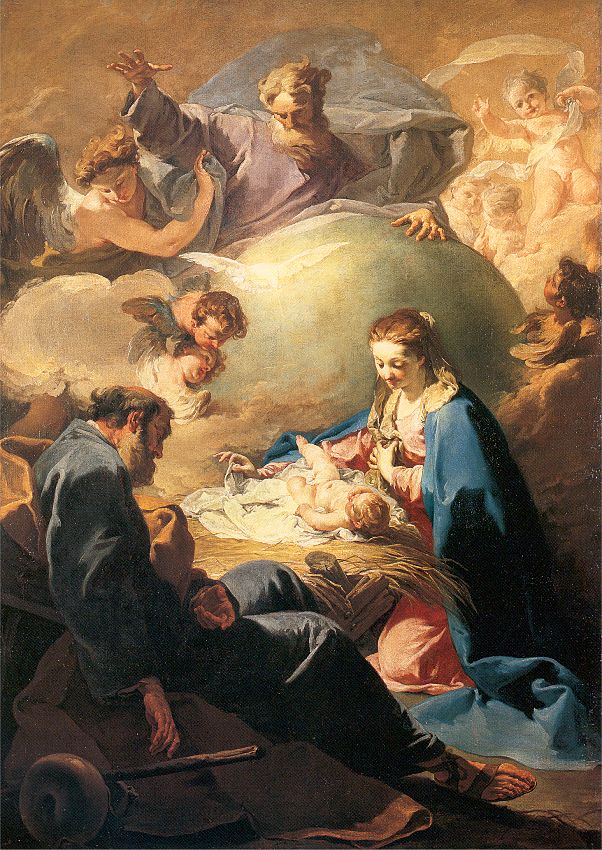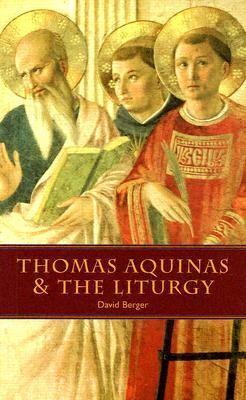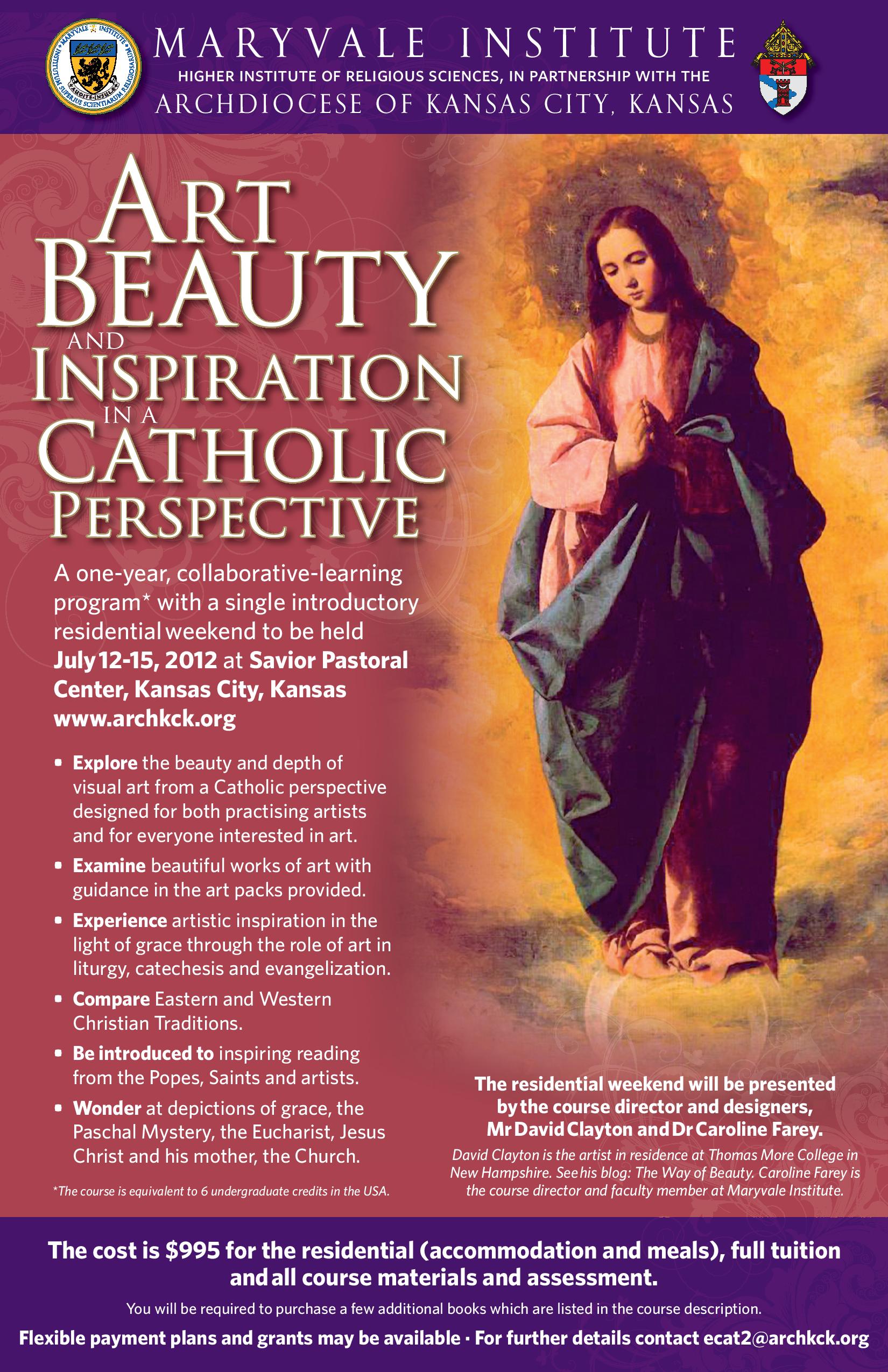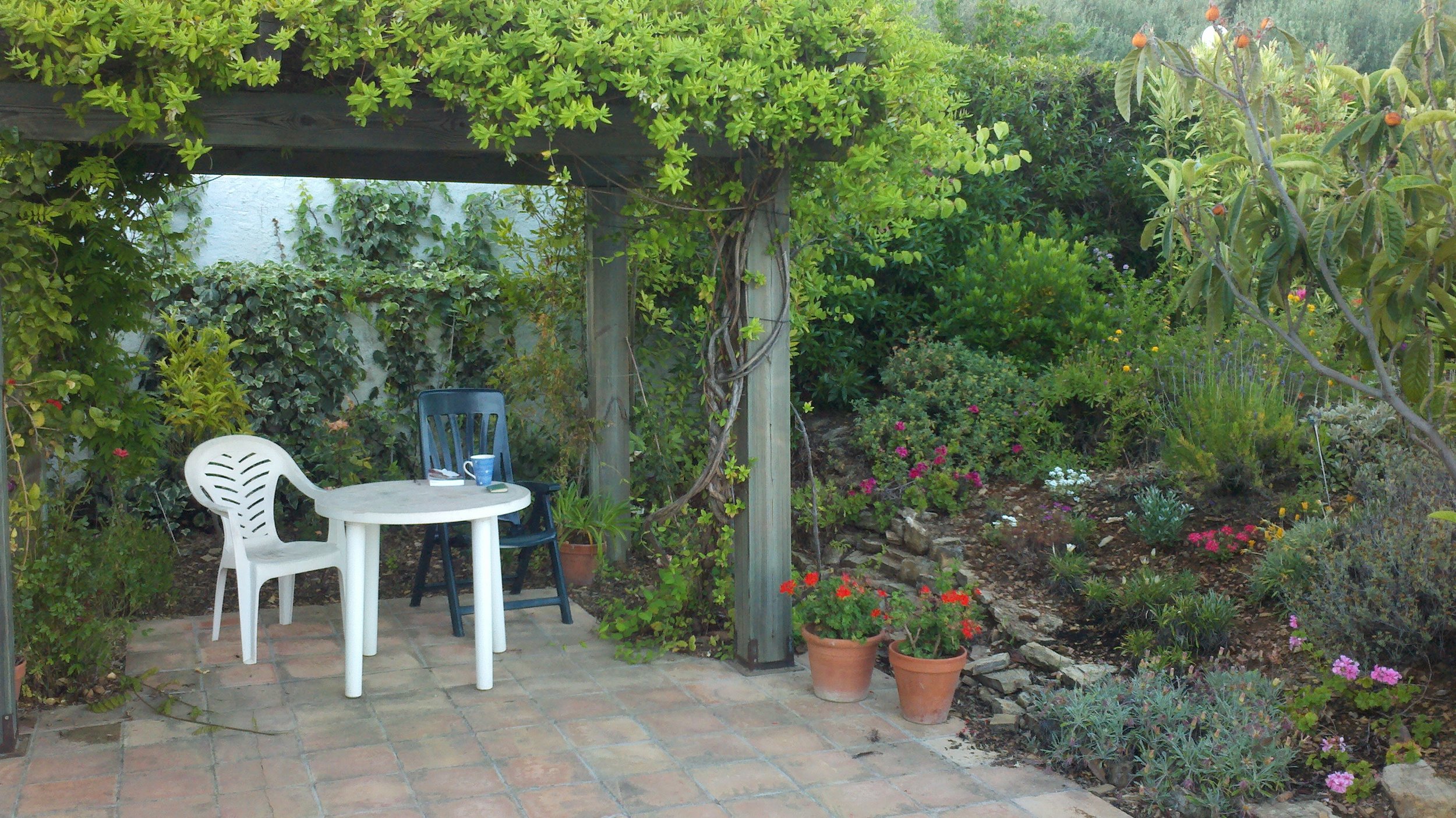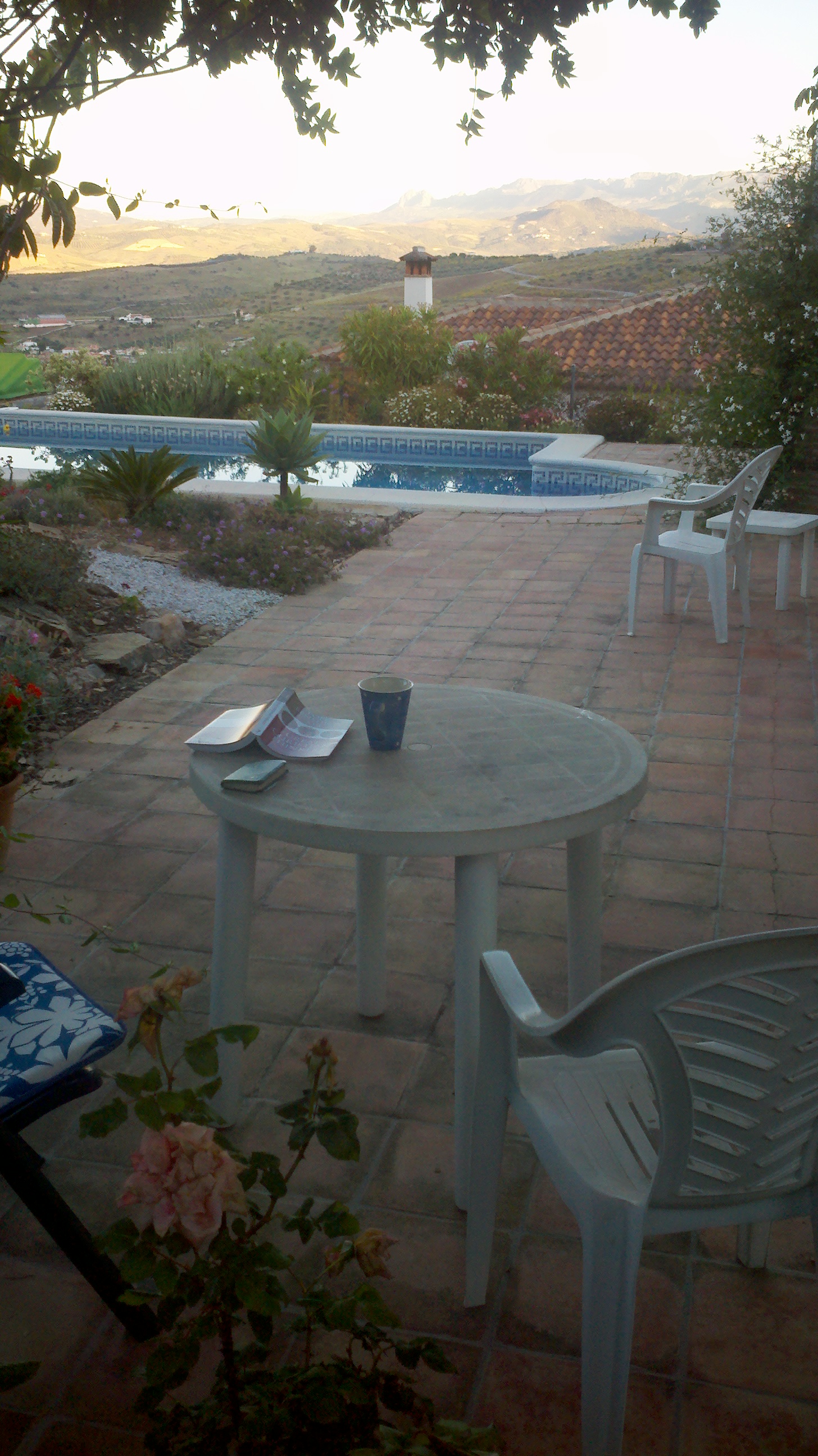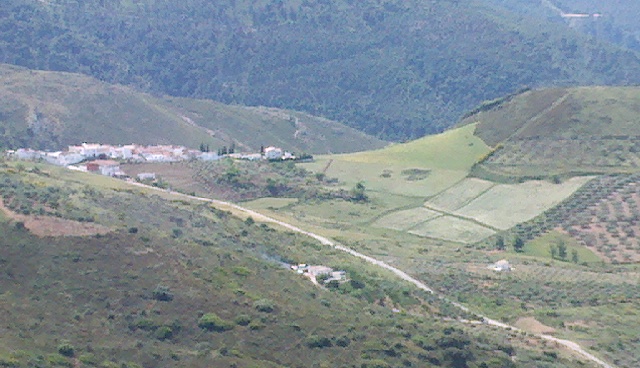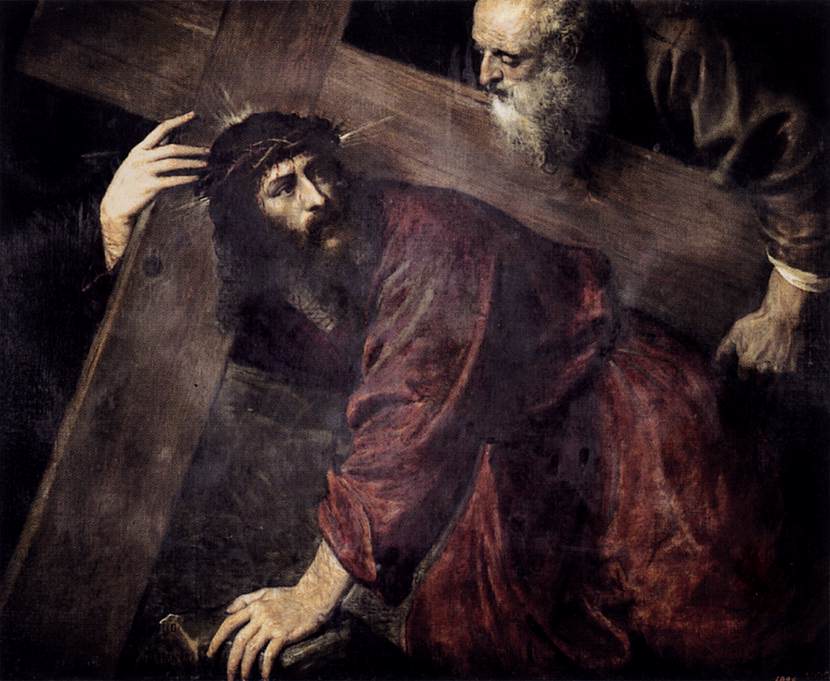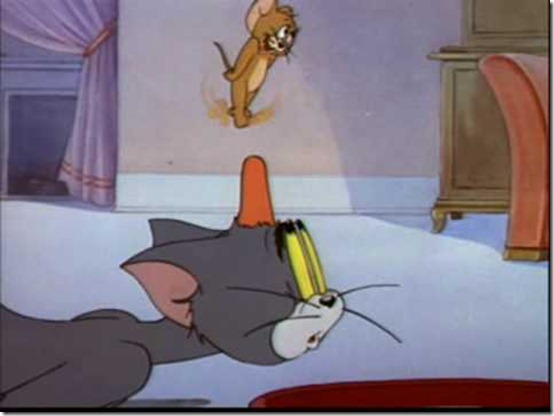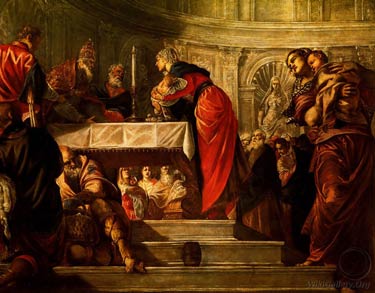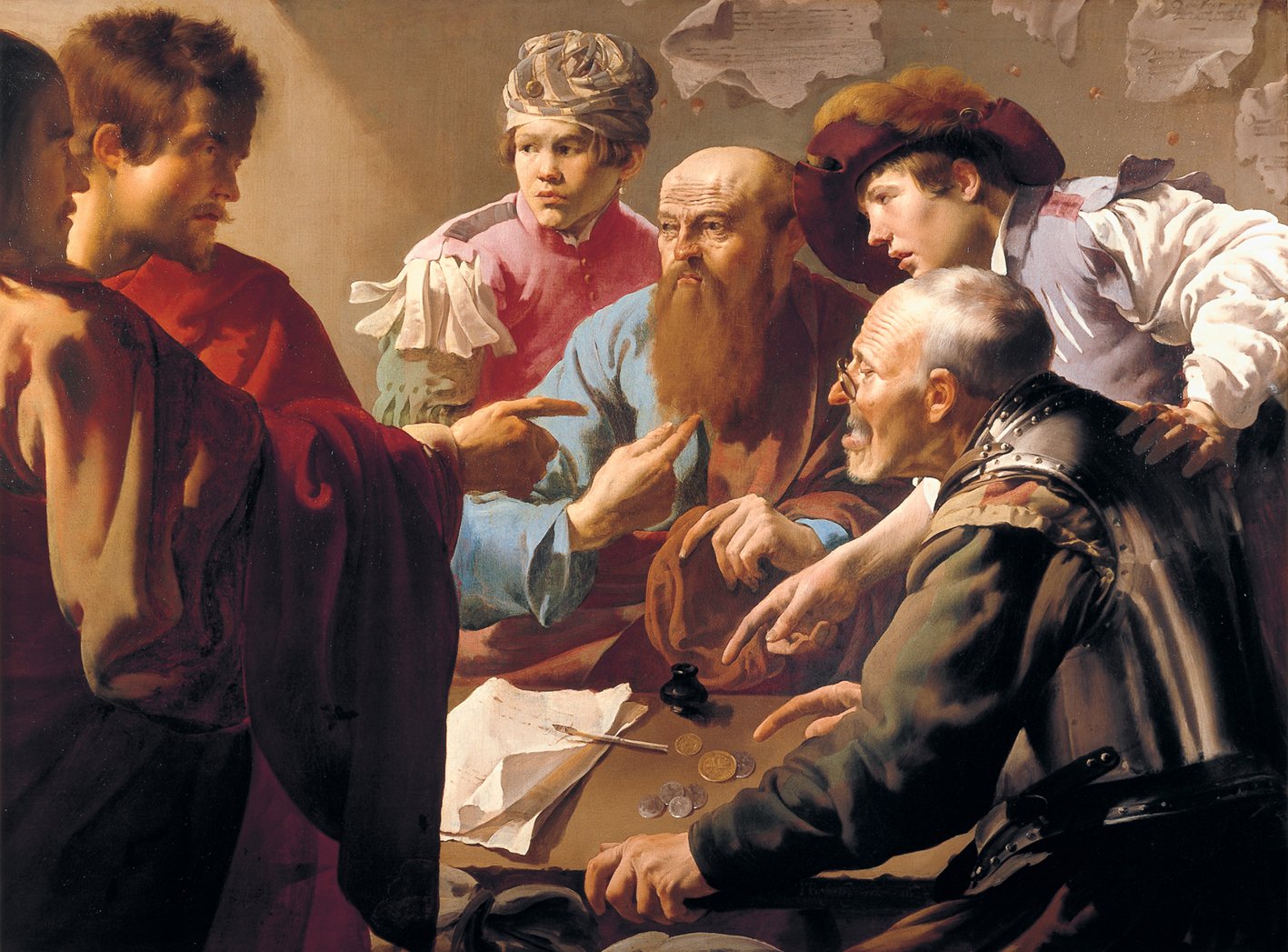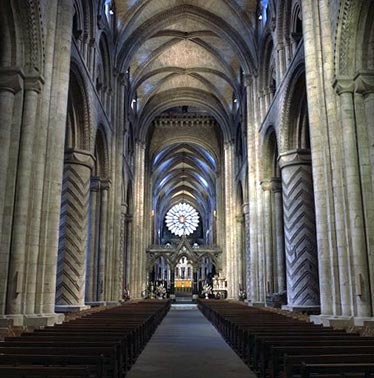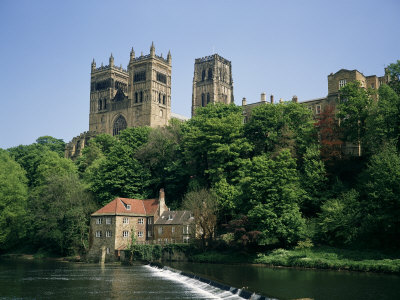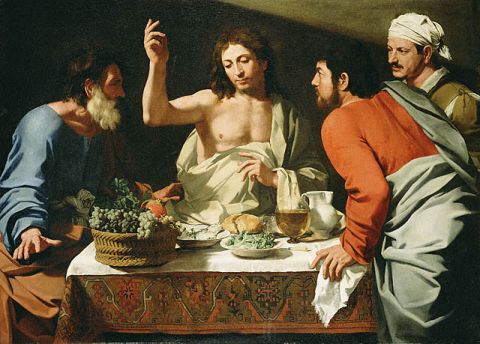Where Have All the *!*?-ing Psalms Gone?
How to Address the Crisis in Fatherhood Head On through Prayer
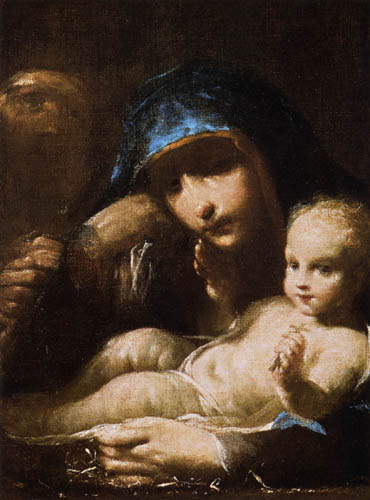 In this article I describe how it is prayer, above all, that binds families together; and the most powerful form of prayer we can pray in the home is the liturgy of the hours. Furthermore, with the father leading the prayers, we are opening the way for a powerful driving force that has effect not only within the family but also beyond the four walls of our home.
I first posted this exactly three years ago. It was in part a desire to see this home-based driving force for change that lead to the writing of the book on prayer in the home, The Little Oratory.
In this article I describe how it is prayer, above all, that binds families together; and the most powerful form of prayer we can pray in the home is the liturgy of the hours. Furthermore, with the father leading the prayers, we are opening the way for a powerful driving force that has effect not only within the family but also beyond the four walls of our home.
I first posted this exactly three years ago. It was in part a desire to see this home-based driving force for change that lead to the writing of the book on prayer in the home, The Little Oratory.
The word Oratory, incidentally means in English 'House of Prayer'. When I used to go to the London Oratory - the wonderful Catholic church in England whose liturgy was so influential in my conversion - I used to see these words on the walls around the sanctuary: domus mea domus orationis vocabitur. It was a quote from Isaiah 56:7 which is echoed in Matthew's gospel - my house shall be called a house of prayer, says the Lord. This isn't the full quote, I know there's some Latin missing there but I am handicapped by a combination of poor Latin skills and a bad memory; but here's the point, I wanted to include at least part of it because it shows the word 'orationis' - 'of prayer' - so that you can make the connection with the title of the book.
We chose this title because we wanted to communicate the idea that even the most humble house can be transformed into a house of prayer in accordance with the ideal articulated in Isaiah, and just as the London Oratory, in all its wonderful glory does. This is how a house becomes a home, however many people live there. The book we have written, we hope, helps us to fulfill that ideal and it places fathers, when we are talking of families, once more right at the centre of family and in right relationship with all others. As one might say, the father is the head and the mother is the heart. Both are necessary!
I will be doing a series of postings over the next few weeks that draw out themes discussed in more detail in the book. Anyway, here is the article....
In the exercise of the lay office in the liturgy each person participates in the sacrifice made by Christ, the supreme act of love for humanity. When we are advocates in prayer in this liturgical setting, the participation in the liturgy becomes an act of love for those people and communities with which we have a connection. Accordingly, by participating in the liturgy the family members enter into the to the mystical body of Christ who is our advocate to the Father and so participate in that sacrifice and His advocacy, on behalf of the family, too. It is the father who is the head of the family and who is called is called above the others to be in a quasi-priestly role, and is in a special position to be the advocate to God for his family. This role is executed without diminishing or replacing the advocacy of other family members.
This role of the father as advocate to the Father is a tradition that is biblical at its source, as Scott Hahn points out: ‘[In] the Book of Genesis, liturgy was the province of the Patriarchs themselves. In each household, priesthood belonged to the father, who passed the office to his son, ideally the firstborn, by pronouncing a blessing over him. In every household, fathers served as mediators between God and their families’[1] Also, just as at Mass we pray for the head of state, family members might pray for the head of the family (and by extension, to all communities and groups that we belong to).
We hear that there is a crisis of fatherhood at the moment, and for all the ways that this manifests itself in our society, one wonders if at root, part of the cause at least is the loss of this sense of advocacy for the family by one who is assigned that special role. A visible example of this aspect of fatherhood is powerful for children in learning to pray and inspiring them to do so regularly; and valuable for boys especially as a demonstration that prayer is a masculine thing to do.
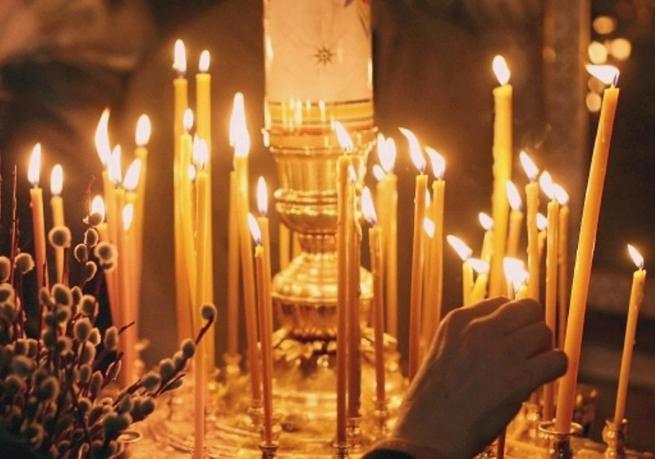 The liturgical activity of the home is the liturgy of the hours because it need not be done in a church and does not need a priest participating in order to be valid, the lay office is sufficient. The ideal therefore is that the father leads the family in the liturgy of the hours, visibly and audibly. If this were to common practice, I believe it would help to reestablish prayer as something that men do and will promote a genuine, masculine fatherhood as well as encouraging vocations to the priesthood amongst boys through this masculine example of liturgical piety.
The liturgical activity of the home is the liturgy of the hours because it need not be done in a church and does not need a priest participating in order to be valid, the lay office is sufficient. The ideal therefore is that the father leads the family in the liturgy of the hours, visibly and audibly. If this were to common practice, I believe it would help to reestablish prayer as something that men do and will promote a genuine, masculine fatherhood as well as encouraging vocations to the priesthood amongst boys through this masculine example of liturgical piety.
Something that would help to reinforce this is a domestic shrine. This is a visible focus in the home for prayer and the Eastern practice of creating and icon corner is particularly good for this. I will never forget seeing an Orthodox family doing their night prayers in front of the icons. The father led the prayers and all sang together or took their turn singing their prayers in the simple but robust Eastern tones. What impressed me was how all the children right down to the youngest who was four, wanted to take their turns and emulate their father. At one point two of the children argued about whose turn it was and Dad had to come in and arbitrate! They had a small incense burner burning and several long slender orange ochre beeswax candles burning in front of the icons. Each stood in reverence, facing the icon corner, occasionally crossing themselves. All the senses and faculties, it seems were directed for prayer as part of and on behalf of the family.
The families who have resolved to do this say to me that full family involvement is not always possible. It is inevitable that often family members will be too busy to join in and some will not want to. Nevertheless, the father resolved to make it clear that he was committing to regular prayer for the family and that all family members were invited at least to join in, so even if the prayer took place with only the father taking part, he was prepared to make that sacrifice on behalf of his family. And when the father is not with the family, for example if at work, he still strives to follow that liturgical rhythm of prayer and when does so, he does so on behalf of his family still.
I am only recently a father, but even when I was single and I prayed the liturgy of the hours I tried to remember to think of myself as participating in some way on behalf of my wider family and the various social groups that I am a member of, including work. Through my personal relationships, and this is still the case, those groups are present in the liturgy, to some degree, when I am. It is one way I can emulate Our Lord by participating in His sacrifice, and make a sacrifice for those with whom I relate. My hope is that will play a small part in bringing God's grace into these groups of people so that they might become communities supernaturally bound together in love. In my prayers, every morning, I consciously dedicate my liturgical activity to all those groups and with whom I am connected so I think of myself as representing my family, my friends, my work, the Church, social groups and so on, perhaps naming any individuals that are on my mind at that time. if, during the day I am not in a position to recite an hour, which can be often, I try mentally to mark the hour with a small prayer to maintain that sense of rhythm.
Images: top two are both paintings of the Holy Family by Giuseppe Crespi painting around the 1700; below: the Nativity with God the Father and the Holy Ghost by Giambattista Pittoni, Italian, 17th century
[1] Scott Hahn, Letter and Spirit, pub DLT, p28
A Beautiful Pattern of Prayer - the Path to Heaven is a Triple Helix…
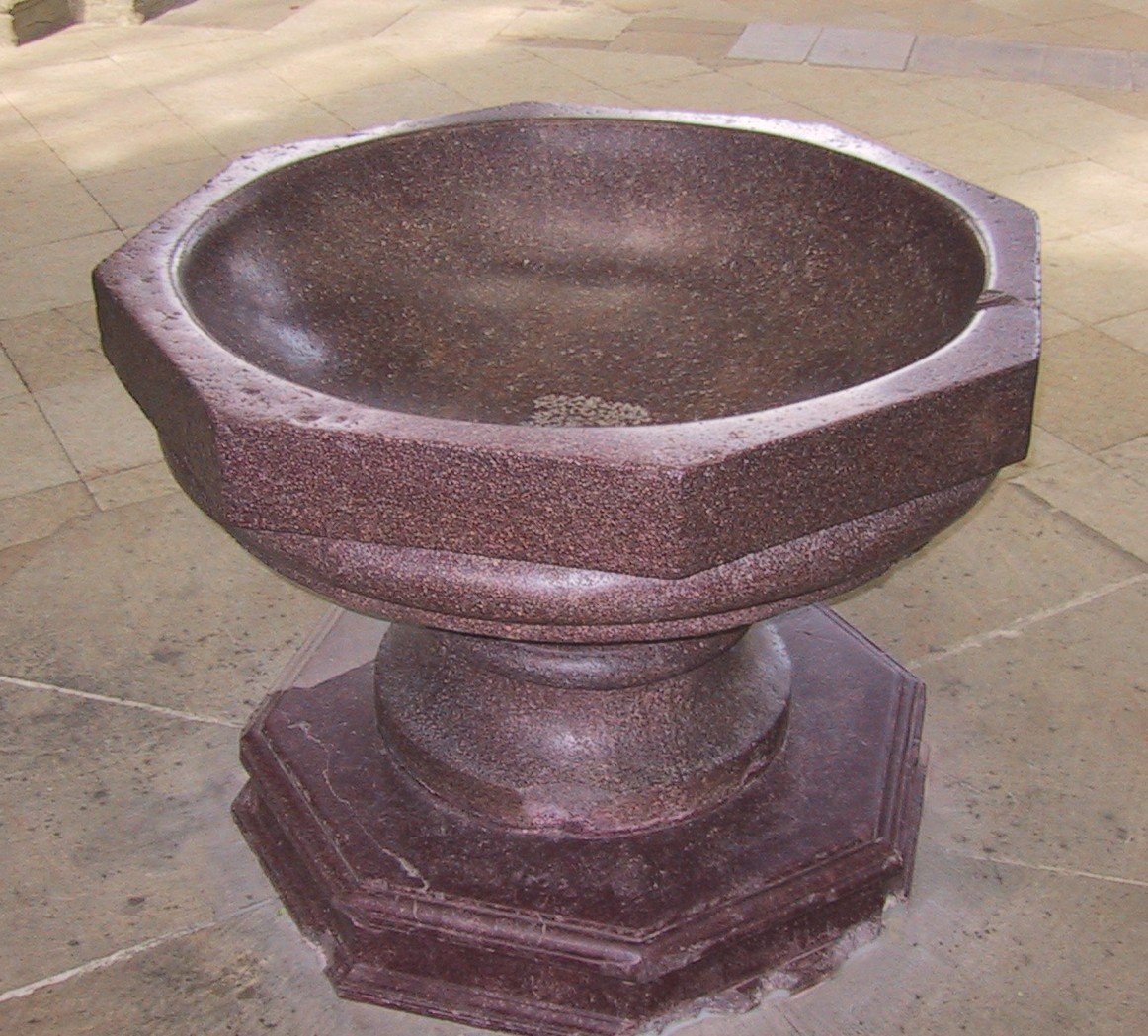 ...And it passes through an octagonal portal.
...And it passes through an octagonal portal.
Liturgy, the formal worship of the Church - the Mass and the Liturgy of the Hours, the Eucharist at its centre - is the ‘source and summit of Christian life’. We are made by God to be united with him in heaven in a state of perfect and perpetual bliss, a perfect exchange of love. All the saints in heaven are experiencing this and liturgy is what they do. It is what we all are made to do; this how it is the summit of human existence. Our earthly liturgy is a supernatural step into the heavenly liturgy, this unchanging yet dynamic heavenly drama of love between God and the saints; and the node, the point at which all of the cosmos is in contact with the supernatural is Christ, present in the Eucharist. It is more fantastic than anything ever imagined in a sci-fi drama. There is no need to watch Dr Who to see a space-time vortex, when I take communion at Mass (assuming I am in the proper state of grace) I pass through one. And there’s no worry about hostile aliens, that battle is fought and won.
Everything else that the Church offers and that we do is meant to deepen and intensify our participation in this mystery. Through the participation in the liturgy, we pass from the temporal into a domain that is outside time and space. Heaven is a mode of existence where all time, past and future is compressed into single present moment; and all places are present at a single point.
Our participation in this cannot be perfect in this life, bound as we are by the constraints of time and space. We must leave the church building to attend to the everyday needs of life. However, this does not, in principle, mean that we cannot pray continuously. The liturgy is not just the summit of human existence; it is the source of grace by which we reach that summit. In conforming to the patterns and rhythms of the earthly liturgy in our prayer, we receive grace sufficient to sanctify and order all that we do, so that we are led onto the heavenly path and we lead a happy and joyous life. This is also the greatest source of inspiration and creativity we have. We will get thoughts and ideas to help us in choices that we make at every level and which permeate every action we take. Then our mundane lives will be the most productive and fulfilling they can be.
How do we know what these liturgical patterns are? We take our cue from nature, or from scripture. Creation bears the thumbprint of the Creator and through its beauty it directs our praise to God and opens us to His grace. The patterns and symmetry, grasped when we recognize its beauty, are a manifestation of the divine order.
Traditional Christian cosmology is the study of the patterns and rhythms of the planets and the stars with the intention of ordering our work and praise to the work and praise of the saints in heaven. This heavenly praise is referred to as the heavenly liturgy. The liturgy that we participate, which is connected supernaturally to the heavenly liturgy is called the earthly liturgy. The liturgical year of the Church is based upon these natural cycles of the cosmos. By ordering our worship to the cosmos, we order it to heaven. The date of Easter, for example, is calculated according to the phases of the moon. The earthly liturgy, and for that matter all Christian prayer, cannot be understood without grasping its harmony with the heavenly dynamic and the cosmos. In order to help us grasp this idea that we are participating in something much bigger that what we see in the church when we go to Mass, the earthly liturgy should evoke a sense of the non-sensible aspect of the liturgy through its dignity and beauty and especially the beauty and solemnit of the art and music we use with it. All our activities within it: kneeling, praying, standing, should be in accordance with the heavenly standard; the architecture of the church building, and the art and music used should all point us to what lies beyond it and give us a real sense that we are praising God with all of his creation and with the saints and angels in heaven. When we pray in accordance with these patterns we are opening ourselves up to God’s helping hand at just the moment when it is offered. This is the prayer that places us in directly in beam of the heat lamp of God’s grace.
 The harmony and symmetry of the heavenly order can be expressed numerically. For example, because of the seven days of creation in Genesis there are seven days in the week (corresponding also to a half phase of the idealised lunar cycle). The Sunday mass is the summit of the weekly cycle. In the weekly cycle there is in addition day, the so-called eighth ‘day’ of creation, which symbolises the new order ushered in by the incarnation, passion, death and resurrection of Christ. Sunday the day of his resurrection, is simultaneously the eighth and first day of the week (source and summit). Eight, expressed as ‘7 + 1’ is a strong governing factor in the Church’s earthly liturgy. (It is why baptismal fonts and baptistries are constructed in an octagonal shape and why you might have octagonal patterns on a sanctuary floors.)
The harmony and symmetry of the heavenly order can be expressed numerically. For example, because of the seven days of creation in Genesis there are seven days in the week (corresponding also to a half phase of the idealised lunar cycle). The Sunday mass is the summit of the weekly cycle. In the weekly cycle there is in addition day, the so-called eighth ‘day’ of creation, which symbolises the new order ushered in by the incarnation, passion, death and resurrection of Christ. Sunday the day of his resurrection, is simultaneously the eighth and first day of the week (source and summit). Eight, expressed as ‘7 + 1’ is a strong governing factor in the Church’s earthly liturgy. (It is why baptismal fonts and baptistries are constructed in an octagonal shape and why you might have octagonal patterns on a sanctuary floors.)
Without Christ, the passage of time could be represented by a self enclosed weekly cycle sitting in a plane. The eighth day represents a vector shift at 90° to the plane of the circle that operates in combination with the first day of the new week. The result can be thought of as a helix. For every seven steps in the horizontal plane, there is one in the vertical. It demonstrates in earthly terms that a new dimension is accessed through each cycle of our participation temporal liturgical seven-day week.
 The 7+1 form operates in the daily cycle of prayer in the Divine Office too. Quoting Psalm 118, St Benedict incorporates into his monastic rule the seven daily Offices of Lauds, Prime, Tierce, Sext, None, Vespers, and Compline; plus an eighth, the night or early-morning Office, Matins.
The 7+1 form operates in the daily cycle of prayer in the Divine Office too. Quoting Psalm 118, St Benedict incorporates into his monastic rule the seven daily Offices of Lauds, Prime, Tierce, Sext, None, Vespers, and Compline; plus an eighth, the night or early-morning Office, Matins.
Prime has since been abolished in the Roman Rite, but usually the 7+1 repetition is maintained by having daily Mass (not common in St Benedict’s time). Eight appears in the liturgy also in the octaves, the eight-day observances, for example of Easter. Easter is the event that causes the equivalent vector shift, much magnified, in the annual cycle. The Easter Octave is eight solemnities – eight consecutive eighth days that starts with Easter Sunday and finishes the following Sunday.
These three helical paths run concurrently, the daily helix sitting on the broader weekly helix which sits on the yet broader annual helix. We are riding on a roller coaster triple corkscrewing its way to heaven. This, however, is a roller coaster that engenders peace.
For those who are not aware of this, more information on this topic and how to conform you're life to this pattern, read The Little Oratory; A Beginner's Guide to Prayer in the Home and especially the section, A Beautiful Pattern of Prayer.
Pictures: The baptismal font, top, is 11th century, from Magdeburg cathedral. The floor patterns are from the cathedral at Monreale, in Sicily and from the 12th century. The building is the 13th century octagonal baptistry in Cremona, Italy.
How to Make an Icon Corner
 Beauty calls us to itself and then beyond, to the source of all beauty, God. God's creation is beautiful, and God made us to apprehend it so that we might see Him through it. The choice of images for our prayer, therefore, is important. Beautiful sacred imagery not only aids the process of prayer, but what we pray with influences profoundly our taste: praying with beautiful sacred art is the most powerful education in beauty that there is. In the end this is how we shape our culture, especially so when this is rooted in family prayer. The icon corner will help us to do that. I am using icon here in the broadest sense of the term, referring to a sacred image that depicts the likeness of the person portrayed. So one could as easily choose Byzantine, gothic or even baroque styles.
The contemplation of sacred imagery is rooted in man’s nature. This was made clear by the 7th Ecumenical Council, at Nicea. Through the veneration icons, our imagination takes us to the person depicted. The veneration of icons, therefore, is an aid to prayer first and it serves to stimulate and purify the imagination. This is discussed in the writings of Theodore the Studite (759-826AD), who was one of the main theologians who contributed to the resolution of the iconoclastic controversy.
Beauty calls us to itself and then beyond, to the source of all beauty, God. God's creation is beautiful, and God made us to apprehend it so that we might see Him through it. The choice of images for our prayer, therefore, is important. Beautiful sacred imagery not only aids the process of prayer, but what we pray with influences profoundly our taste: praying with beautiful sacred art is the most powerful education in beauty that there is. In the end this is how we shape our culture, especially so when this is rooted in family prayer. The icon corner will help us to do that. I am using icon here in the broadest sense of the term, referring to a sacred image that depicts the likeness of the person portrayed. So one could as easily choose Byzantine, gothic or even baroque styles.
The contemplation of sacred imagery is rooted in man’s nature. This was made clear by the 7th Ecumenical Council, at Nicea. Through the veneration icons, our imagination takes us to the person depicted. The veneration of icons, therefore, is an aid to prayer first and it serves to stimulate and purify the imagination. This is discussed in the writings of Theodore the Studite (759-826AD), who was one of the main theologians who contributed to the resolution of the iconoclastic controversy.
In emphasising the importance of praying with sacred images Theodore said: “Imprint Christ…onto your heart, where he [already] dwells; whether you read a book about him, or behold him in an image, may he inspire your thoughts, as you come to know him twofold through the twofold experience of your senses. Thus you will see with your eyes what you have learned through the words you have heard. He who in this way hears and sees will fill his entire being with the praise of God.” [quoted by Cardinal Schonborn, p232, God’s Human Face, pub. Ignatius.]
It is good, therefore for us to develop the habit of praying with visual imagery and this can start at home. The tradition is to have a corner in which images are placed. This image or icon corner is the place to which we turn, when we pray. When this is done at home it will help bind the family in common prayer.
![]() Accordingly, the Catechism of the Catholic Church recommends that we consider appropriate places for personal prayer: ‘For personal prayer this can be a prayer corner with the sacred scriptures and icons, in order to be there, in secret, before our Father. In a Christian family kind of little oratory fosters prayer in common.’(CCC, 2691)
Accordingly, the Catechism of the Catholic Church recommends that we consider appropriate places for personal prayer: ‘For personal prayer this can be a prayer corner with the sacred scriptures and icons, in order to be there, in secret, before our Father. In a Christian family kind of little oratory fosters prayer in common.’(CCC, 2691)
I would go further and suggest that if the father leads the prayer, acting as head of the domestic church, as Christ is head of the Church, which is His mystical body, it will help to re-establish a true sense of fatherhood and masculinity. It might also, I suggest, encourage also vocations to the priesthood.
The placement should be so that the person praying is facing east. The sun rises in the east. Our praying towards the east symbolizes our expectation of the coming of the Son, symbolized by the rising sun. This is why churches are traditionally ‘oriented’ towards the orient, the east. To reinforce this symbolism, it is appropriate to light candles at times of prayer. The tradition is to mark this direction with a cross. It is important that the cross is not empty, but that Christ is on it. in the corner there should be representation of both the suffering Christ and Christ in glory.
‘At the core of the icon corner are the images of the Christ suffering on the cross, Christ in glory and the Mother of God. An excellent example of an image of Christ in glory which is in the Western tradition and appropriate to the family is the Sacred Heart (the one from Thomas More College's chapel, in New Hampshire, is shown). From this core imagery, there can be additions that change to reflect the seasons and feast days. This way it becomes a timepiece that reflects the cycles of sacred time. The “instruments” of daily prayer should be available: the Sacred Scriptures, the Psalter, or other prayer books that one might need, a rosary for example.
This harmony of prayer, love and beauty is bound up in the family. And the link between family (the basic building block upon which our society is built) and the culture is similarly profound. Just as beautiful sacred art nourishes the prayer that binds families together in love, to each other and to God; so the families that pray well will naturally seek or even create art (and by extension all aspects of the culture) that is in accord with that prayer. The family is the basis of culture.
Confucius said: ‘If there is harmony in the heart, there will be harmony in the family. If there is harmony in the family, there will be harmony in the nation. If there is harmony in the nation, there will be harmony in the world.’ What Confucius did not know is that the basis of that harmony is prayer modelled on Christ, who is perfect beauty and perfect love. That prayer is the liturgical prayer of the Church.
A 19th century painting of a Russian icon corner
How to Pray With Visual Imagery
It is now more than three and a half years since I started this blog so first of all I would like to thank so many of you for your interest and your comments. I am currently involved in several book projects which will be published in the early part of next year - more information to come. In order to give myself time to write these, I thought I would reduce my postings to one fresh piece per week. However, it also occurred to me that many of you who read this, will not have seen much of what I posted in the first two years. In my mind, these are foundational to my thinking and shed light on much of what I write now, so I thought they would be worth repeating. So for these two reasons I thought I would replay some of these foundational posts. So for the next couple of months, I will alternate old and new. The first replay was first published in April, 2010:
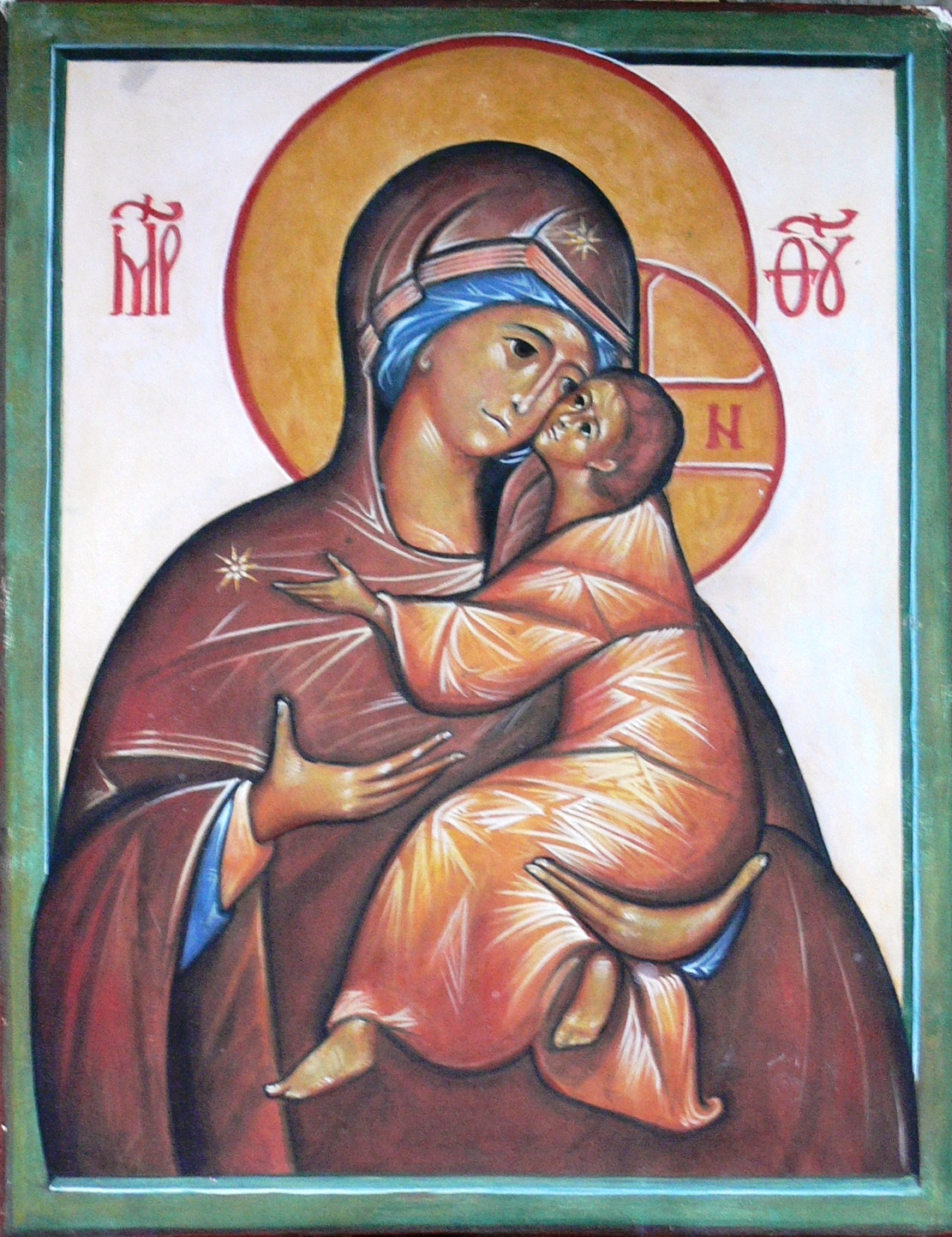 When I first started painting icons I was, of course, interested in knowing as well how they related to prayer. I was referred by others (though not my icon painting teacher) to books that were intended as instruction manuals in visual prayer. I read a couple and perhaps I chose badly, but I struggled with them. One the one hand, they seemed to be suggesting some sort of meditative process in which one spent long quiet periods staring at an icon and experiencing it, so to speak, allowing thoughts and feelings to occur to me. Being by nature an Englishman of the stiff-upper-lip temperament (and happy to be so) I was suspicious of this. I had finally found a traditional method of teaching art that didn’t rely on splashing my emotions on paper, and here I was being told that in the end, the art I was learning to produce was in fact intended to speak to us through a heightened language of emotion. Furthermore, the language used to articulate the methods always seemed to employ what struck me as pseudo-mystical expressions and which, I suspected, were being used to hide the fact that they weren’t really saying very much.
When I first started painting icons I was, of course, interested in knowing as well how they related to prayer. I was referred by others (though not my icon painting teacher) to books that were intended as instruction manuals in visual prayer. I read a couple and perhaps I chose badly, but I struggled with them. One the one hand, they seemed to be suggesting some sort of meditative process in which one spent long quiet periods staring at an icon and experiencing it, so to speak, allowing thoughts and feelings to occur to me. Being by nature an Englishman of the stiff-upper-lip temperament (and happy to be so) I was suspicious of this. I had finally found a traditional method of teaching art that didn’t rely on splashing my emotions on paper, and here I was being told that in the end, the art I was learning to produce was in fact intended to speak to us through a heightened language of emotion. Furthermore, the language used to articulate the methods always seemed to employ what struck me as pseudo-mystical expressions and which, I suspected, were being used to hide the fact that they weren’t really saying very much.
So I started to ask my teacher about this and to observe Eastern Christians praying with icons. What struck me was that prayer for them seemed to be pretty much what prayer was for me. They said prayers that contained the sentiments that they wished to express to God. The difference between what they did and what I did at that time was that they turned and looked at an icon as they prayed. Also, when at home, often happily and without embarrassment they sang their prayers using very simple, easily learnt chant. Before meals, for example, the family would stand up, face an icon of Christ on the wall and sing a prayer of gratitude or even just the Our Father.
As I learnt more about icons through learning to paint them, I realized that every aspect of the style of an icon is worked out to engage us in a dynamic that assists prayer – through its form and content the icon will do the work of directing our thoughts to heaven. In short I don’t need to ‘do’ anything. The icon does the work for me.
The iconographic form is not the only one to do this. The Western Catholic tradition is very rich and has also the Baroque and gothic art forms that are carefully worked out to engage the observer in a dynamic of prayer, although in different ways. If the icon draws our thoughts to heaven, the baroque form is designed in contrast to have an impact at a distance in order to make God present on earth. The gothic figurative art is the art of pilgrimage, or of transition from earth to heaven, and stylistically it sits between the iconographic and baroque. It is the ‘gradual psalm’ of artistic form. Just like the spires of its architecture, it spans the gap between heaven and earth so that we have a sense both of where we going to and where we are coming from. I will discuss how the form of each tradition achieves in the next articles I write.
So the advice I was given was to ditch the books about praying with icons, and learn first to pray. Then as I pray always aim to have visual imagery that I allow to engage my sight and which assists. St Augustine said that those who sing their prayers pray twice. I would add that those who look at visual imagery as well pray three times (and if we use incense four times, and consider posture five). This process of engaging different aspects of the person in addition to the intellect is a move towards the ideal of praying with the whole person. This is what praying from the heart means. The heart is the vector sum of our thoughts and actions. It is our human centre of gravity when both body and soul are considered. It is the single point that, when everything is taken into account, defines what I am doing. It is the heart of us, in the sense of representing the core. This is why it is a symbol of the person. It is a symbol of love also because each of us is made by God to love him and our fellow man. It symbolizes what we ought to be rather than, necessarily, what we are. The modern world has distorted the symbolism of the heart into one of desire and ‘heartfelt’ emotion, precisely because these are the qualities that so many today associate with the essence of humanity.
The liturgy is ultimate form of prayer. By praying with the Church, the mystical body of Christ, we are participating in ‘Christ's own prayer addressed to the Father in the Holy Spirit. In the liturgy, all Christian prayer finds its source and goal.’[1] Therefore, the most important practice of praying with visual imagery is in the context of the liturgy. For example, when we pray to the Father then we look at Christ, for those who have seen Him have seen the Father. The three Catholic figurative traditions in art already mentioned were developed specifically to assist this process.
Just as the liturgy is the ‘source and goal’ of prayer, so liturgical art is, I would argue, the source and goal of all Catholic art. The forms that are united to the liturgy are the basis of Catholic culture. All truly Catholic art will participate in these forms and so even if a landscape in the sitting room, will point us to the liturgical. We cannot become a culture of beauty until we habitually engage in the full human experience of the liturgy. In the context of visual art, this practice will be the source of grace from which artists will be able to produce art that will be the basis of the culture of beauty; the source of grace and from which patrons will know what art to commission; and in turn by which all of us will be able to fulfill our vocation, whatever it may be, by travelling on the via pulchritudinis, the Way of Beauty, recently described by Pope Benedict XVI.
Of course, each individual (depending upon his purse) usually has a limited influence on what art we see in our churches. However, as lay people, we can pray the Liturgy of the Hours and control imagery that we use. The tradition of the prayer corner, in which paintings are placed on a small table or shelf at home as a focus of prayer, is a good one to adopt. We ‘orientate’ our prayer towards this, letting the imagery engage our sight as we do so. We can also sing, use incense and stand, bow, sit or kneel as appropriate while praying. A book I found useful in this regard, which describes traditional practices is called Earthen Vessels (The Practice of Personal Prayer According to the Patristic Tradition) by Gabriel Bunge, OSB
Does this mean that meditation of visual imagery is not appropriate? No it does not. But as with all prayer that is not liturgical, it is should be understood by its relation to the liturgy. So just as lectio divina, for example, is good in that it is ordered to the liturgy because through it our participation in the liturgy is deepened and intensified. So, perhaps, should meditation upon visual imagery should be understood in relation to the use of imagery in the liturgical context. Also, I would say that it is useful, just as with lectio, to avoid the confusion between the Western and Eastern non-Christian ideas of meditation and contemplation are. I was recommended a book recently that helped me greatly in this regard. It is called Praying Scripture for a Change – An Introduction to Lectio Divina by Dr Tim Gray.
[1] CCC, 1073
Thomas Aquinas on the Psalms and the Liturgy as the Source of Wisdom
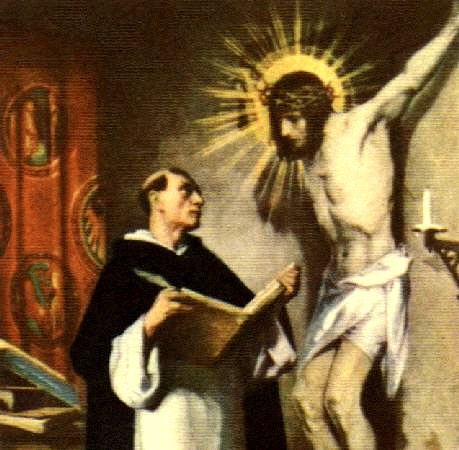 Educators take note! Here is the greatest source of wisdom. When writing about Jean Leclercq's Love of Learning and the Desire for God, I referred to his description of the tension that exists between the different educational approaches of the scholastic and the monastics schools . The former characterised (in part) by relying of very dry, technical language of logic; the latter relying on more accessible language that draws on sources such as scripture more directly, which while more poetic and beautiful might be criticised for lacking precision). As Leclercq points out, when the spiritual life of the person is centred on the liturgy, then either form of education can open the door to full knowledge, in love and through God's grace. The liturgy is the place where all of this can be synthesized and one is immersed in God’s wisdom and this, deep in the heart of the person, is where we form the culture.
St Thomas is the first name who comes to mind when one thinks of scholastics so his attitude to the liturgy would be of interest in this regard. In his little book Thomas Aquinas and the Liturgy, David Berger directs us to Thomas's special regard for the psalms and in the Divine Office as source of grace and wisdom, which reinforces the point that Leclerqc made. This regard for the psalms arises because Thomas considered that within the single book of the psalms they contain the entire content of theology. Berger refers us to his commentary on the psalms where Thomas says the following: 'The material is universal for while the particular books of the Canon of Scripture contain special materials, this book has the general material of Theology as a whole.' Then in referring to their special place in the liturgy where they are to be sung he says: 'This is what Dionysius [the Areopagite] says in Book 3 of the Celestial Hierarchy, the sacred scripture of the Divine Songs (Psalms) is intended to sing of all sacred and divine workings.' St Thomas goes on to tell us that these are presented in the most dignified form - liturgical praise, thanksgiving and prayer. And according to St Thomas, says Berger, 'wherever theology reverts to the psalms it shows it's character of wisdom in a special way'
Educators take note! Here is the greatest source of wisdom. When writing about Jean Leclercq's Love of Learning and the Desire for God, I referred to his description of the tension that exists between the different educational approaches of the scholastic and the monastics schools . The former characterised (in part) by relying of very dry, technical language of logic; the latter relying on more accessible language that draws on sources such as scripture more directly, which while more poetic and beautiful might be criticised for lacking precision). As Leclercq points out, when the spiritual life of the person is centred on the liturgy, then either form of education can open the door to full knowledge, in love and through God's grace. The liturgy is the place where all of this can be synthesized and one is immersed in God’s wisdom and this, deep in the heart of the person, is where we form the culture.
St Thomas is the first name who comes to mind when one thinks of scholastics so his attitude to the liturgy would be of interest in this regard. In his little book Thomas Aquinas and the Liturgy, David Berger directs us to Thomas's special regard for the psalms and in the Divine Office as source of grace and wisdom, which reinforces the point that Leclerqc made. This regard for the psalms arises because Thomas considered that within the single book of the psalms they contain the entire content of theology. Berger refers us to his commentary on the psalms where Thomas says the following: 'The material is universal for while the particular books of the Canon of Scripture contain special materials, this book has the general material of Theology as a whole.' Then in referring to their special place in the liturgy where they are to be sung he says: 'This is what Dionysius [the Areopagite] says in Book 3 of the Celestial Hierarchy, the sacred scripture of the Divine Songs (Psalms) is intended to sing of all sacred and divine workings.' St Thomas goes on to tell us that these are presented in the most dignified form - liturgical praise, thanksgiving and prayer. And according to St Thomas, says Berger, 'wherever theology reverts to the psalms it shows it's character of wisdom in a special way'
Then referring to Aquinas's early education as a Benedictine at Monte Cassino, Berger says: 'The love of singing the psalms in the context of the divine office, founded in Monte Cassino, seems to have stayed alive in Thomas all his life. The best known of Thomas's early biographers, William of Tocco, who had the privilege of knowing Thomas personally, reports that he would arise at night before the actual hour of Mattins.' (p14)
If wisdom is the goal of education, this reinforces the idea that the liturgy, including the liturgy of the hours, should be at the heart of the life of an educational institution, and that students should be encouraged to understand the value of this in helping them to achieve their goal. It is not simply that it is the whole psalter is sung in liturgy, but that the liturgy itself prepares us to receive and accept the wisdom contained within them in a special way.
One hopes that it is having the same effect on me as it has on St Thomas, even if only partially!
Plus don't forget to tell your friends about the course on art and beauty this summer.....
Send Out the L-Team - Making a Sacrifice of Praise for American Veterans
Recently when I went home to England we had a reunion of old college friends of mine. Most were not believers of any sort - I had known them since I was eighteen and so the friendships pre-date, by a long way, my conversion (I was 31 when was received into the Church and have just turned 50 fyi). It was great to catch up with everyone and see how they were getting on. I was interested by a recent decision of one. She had given up teaching genetics at Imperial College, London and was now working for a company that would go into investment banks in the City and teach executives how to meditate to help them deal with the stress of the job. She been introduced to meditation when she took up yoga for the physical benefits and then was attracted to the 'spirituality' that is attached to it. In order to convince the executives that there is something to this Eastern meditation, they would be armed with statistics from scientific research. She said that there had been observable improvements in the condition of heart patients in hospitals when people meditated. The research shows, she said, that even if the patients did not meditate with the visitors or even if they were unaware it was happening, just have meditation going on in the building seemed to have a positive effect.
I was happy to believe that she was right and that the research backed her up. However, my reaction was that if anything good was coming out of this, then it was because it was participating in some way in Christian prayer, whether they knew it or not. I would contest that the fullness of what they are doing is in the traditional prayer of the Church and there is every chance that this would be even more powerful if done.
When I got back to the US I contacted local hospitals and asked if they would like a small group of people to come and sing Vespers on a regular basis. What is surprising and some ways dismaying, is that I couldn't find anyone who had ever heard of this being done before. There are Christian prayer groups who visit hospitals, but I don't hear of people making regular commitment (beyond the occasional concert) to pray the liturgy. Shouldn't the liturgy of the hours be one of our most powerful weapons as part of the New Evangelisation?
I didn't expect anyone to welcome us with open arms. All I wanted was for us to be tolerated, so that we could pray the Office for them. If nobody wanted to come we didn't mind, we wanted to pray for them regardless. The point in my mind was to make the personal sacrifice in prayer, praying for the well being of the patients and for the hospital as a community. Having said that, we would make every effort to chant beautifully for God regardless of how many others attend.
I was delighted when the Catholic chaplain at the VA Hospital, the American armed services veterans hospital in Manchester, New Hampshire, invited us to come in every other Monday evening. Fr Boucher is an old friend of mine and the college. Since September, myself and Dr Tom Larson from Thomas More College have been leading a group of male students in Vespers and Compline on Monday evenings. Because we were singing the psalms, we have presented it as ecumenical and administratively this enabled us to fill an available slot in the chapel and it has attracted a few non-Catholics
The veterans at the hospital know that we are there but very few have been able to come each time. Most are too ill or injured even to be able to get up one floor from the ward without someone dressing them and bringing them up and those helpers aren't always available. Even then, I am not fooling myself that large numbers want to come but can't make it. This is an unusual thing. But we are undaunted. A regular group of up to a dozen guys has been going in and singing the psalms. We keep the door open and sing loud enough so that it floats down the corridor for the wards to hear. They are always surprised at the effort we make to sing well on their behalf and in order to praise God. It has been gratifying to hear how readily those who come, many who have never been to any Office before, can sing with us, and want to. We are singing in the vernacular so that any visitor can understand and join in. Nevertheless the tones are modal and have the feel of the plainchant tradition and this I think draws them in. (They were developed for the liturgy at the college).
I am not usually the sort for public prayer. I wouldn't go out and sing in public, in this way if I didn't feel that we have is is beautiful and accessible and fits naturally with the language I have done processions in public before, cringing with embarrassment at the songs we are singing and having to offer it up as a penance in order to keep doing it. Unlike those, I am happy to sing these in a in the range that is natural to me. They feel vigorous and masculine, yet pious and respectful of God, so we hope promoting the right internal disposition. We are doing this for soldiers after all.
For any who are interested we did some very recordings of what we have been singing (the recordings below). Some are in unison and some are harmonised.
Although I would love to see this tested, I can't comment on whether or not it measurably reduces the stress levels of heart patients, but regardless I am happy that this is benefitting these people and this community in ways that cannot be measured. I make the point to the students who come along, that one thing we can be certain of is that this is a sacrifice that is worth making. We jokingly call ourselves a crack squad from the 'L-team' (L for liturgy!)
I would like to finish by acknowedging how gracious and positive the hospital staff and the priests and ministers of various denominations at the hospital have been towards us, in allowing us to come and offering personal encouragment.
Here is the Our Father we sang (which was originally composed by Paul Jernberg, Thomas More College's Composer in Residence for his St Philip Neri Mass)
http://youtu.be/UC8kqYYbJEc
...and the Magnificat sang:
http://youtu.be/oElTV1jogS8
as you listen to these, try to remember they are not professional recordings. They are recorded on a cell phone by a group of amateurs. One of the great things about Paul's arrangements is that someone who sings as badly as me can learn my part and sing it.
Praying the Divine Office on Holiday When You Haven't Got Your Breviary With You
 How do you pray the Liturgy of the Hours when the books are too heavy to put into your suitcase and your normal routine is disrupted? I have just returned from a visit to England and Spain to see my family. For various reasons I haven't been able to leave the US for a couple of years. I couldn't wait to see everyone again and I had a great time. Lots of time spent with family and friends, walks in the countryside in both countries, visits to English gardens and even a pilgrimage site in North Wales. There was plenty to report on and I will be writing about it in the coming weeks.
First though, how to keep going with the prayer routine while travelling? The quickest answer is to use your smart phone and access the Office online. This was too expensive for me when going to Europe, so I had to go low-tech. Furthermore, not everyone has a smart phone even in the US, so for many this is never an option. The books for the Divine Office are bulky for travel - the time I was away was the transition from volume II to volume III in my three volume briviary, so I would need both. And if you are as careless as I am there is always the worry about the expense of replacing them if I lose them. (I can lose anything that isn't attached to me - I left the first book of Hours given to me by my spiritual director on a plane.) I could have taken the Shorter Morning and Evening Prayer, but this would still leave me with the problem of what to do for the minor Offices.
How do you pray the Liturgy of the Hours when the books are too heavy to put into your suitcase and your normal routine is disrupted? I have just returned from a visit to England and Spain to see my family. For various reasons I haven't been able to leave the US for a couple of years. I couldn't wait to see everyone again and I had a great time. Lots of time spent with family and friends, walks in the countryside in both countries, visits to English gardens and even a pilgrimage site in North Wales. There was plenty to report on and I will be writing about it in the coming weeks.
First though, how to keep going with the prayer routine while travelling? The quickest answer is to use your smart phone and access the Office online. This was too expensive for me when going to Europe, so I had to go low-tech. Furthermore, not everyone has a smart phone even in the US, so for many this is never an option. The books for the Divine Office are bulky for travel - the time I was away was the transition from volume II to volume III in my three volume briviary, so I would need both. And if you are as careless as I am there is always the worry about the expense of replacing them if I lose them. (I can lose anything that isn't attached to me - I left the first book of Hours given to me by my spiritual director on a plane.) I could have taken the Shorter Morning and Evening Prayer, but this would still leave me with the problem of what to do for the minor Offices.
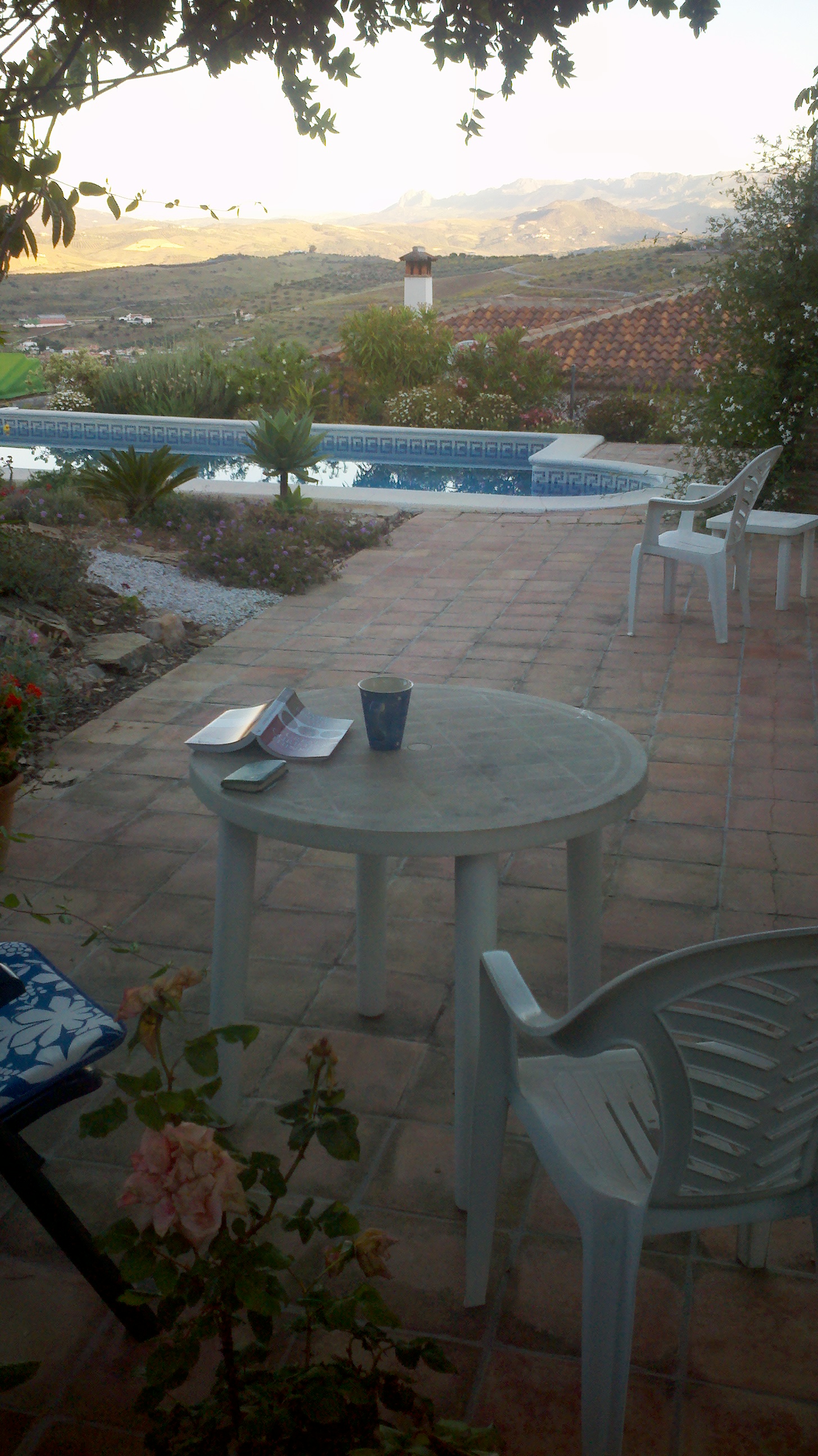 Here's what I did. In his book Earthen Vessels published by Ignatius Press, Gabriel Bunge OSB explains that the essence of the Liturgy of the Hours is marking the Hours and saying the psalms. As a lay person I am not bound to the weekly cycle of the psalms as set out by St Benedict, or the four-weekly cycle that secular priests are bound to. I can devise any cycle of the psalms that suits me and pray them at the hours and this still constitutes liturgical prayer and if I follow it I will still be praying with the Church. I happened to have with me a tiny edition of the New Testament with the Psalms so I made us of this. At each Hour I read the next psalm (or two or even three if they were short) in the order that they come in the bible, 1- 150. I did start with Psalm 94 each day, the invitatory psalm, and where I knew there were penitential psalms (eg psalm 50), I tried to save them for Friday. At the Hours of Lauds, Vespers and Compline, I delved into the gospels and sang the Benedictus, the Magnifcat and the Nunc Dimittis all from Luke. I have included some photos of my little chapel on the patio at my parents' place in Spain. They have a great view and their garden is lovely, so the motivation to sit out their with a pot of coffee and the psalms was great!
Here's what I did. In his book Earthen Vessels published by Ignatius Press, Gabriel Bunge OSB explains that the essence of the Liturgy of the Hours is marking the Hours and saying the psalms. As a lay person I am not bound to the weekly cycle of the psalms as set out by St Benedict, or the four-weekly cycle that secular priests are bound to. I can devise any cycle of the psalms that suits me and pray them at the hours and this still constitutes liturgical prayer and if I follow it I will still be praying with the Church. I happened to have with me a tiny edition of the New Testament with the Psalms so I made us of this. At each Hour I read the next psalm (or two or even three if they were short) in the order that they come in the bible, 1- 150. I did start with Psalm 94 each day, the invitatory psalm, and where I knew there were penitential psalms (eg psalm 50), I tried to save them for Friday. At the Hours of Lauds, Vespers and Compline, I delved into the gospels and sang the Benedictus, the Magnifcat and the Nunc Dimittis all from Luke. I have included some photos of my little chapel on the patio at my parents' place in Spain. They have a great view and their garden is lovely, so the motivation to sit out their with a pot of coffee and the psalms was great!
We have been developing psalm tones at for English for use at Thomas More College. These are designed so that any tone can be applied to any psalm. I apply the inflexions in the melody to the natural emphases in the text. This meant that even with just two or three simple tones sticking in my memory, I could sing the whole Office if I wanted to. This is did if I thought I was out of earshot. I am not yet at the level of evangelical fervour to be able to sing the psalms solo in a busy 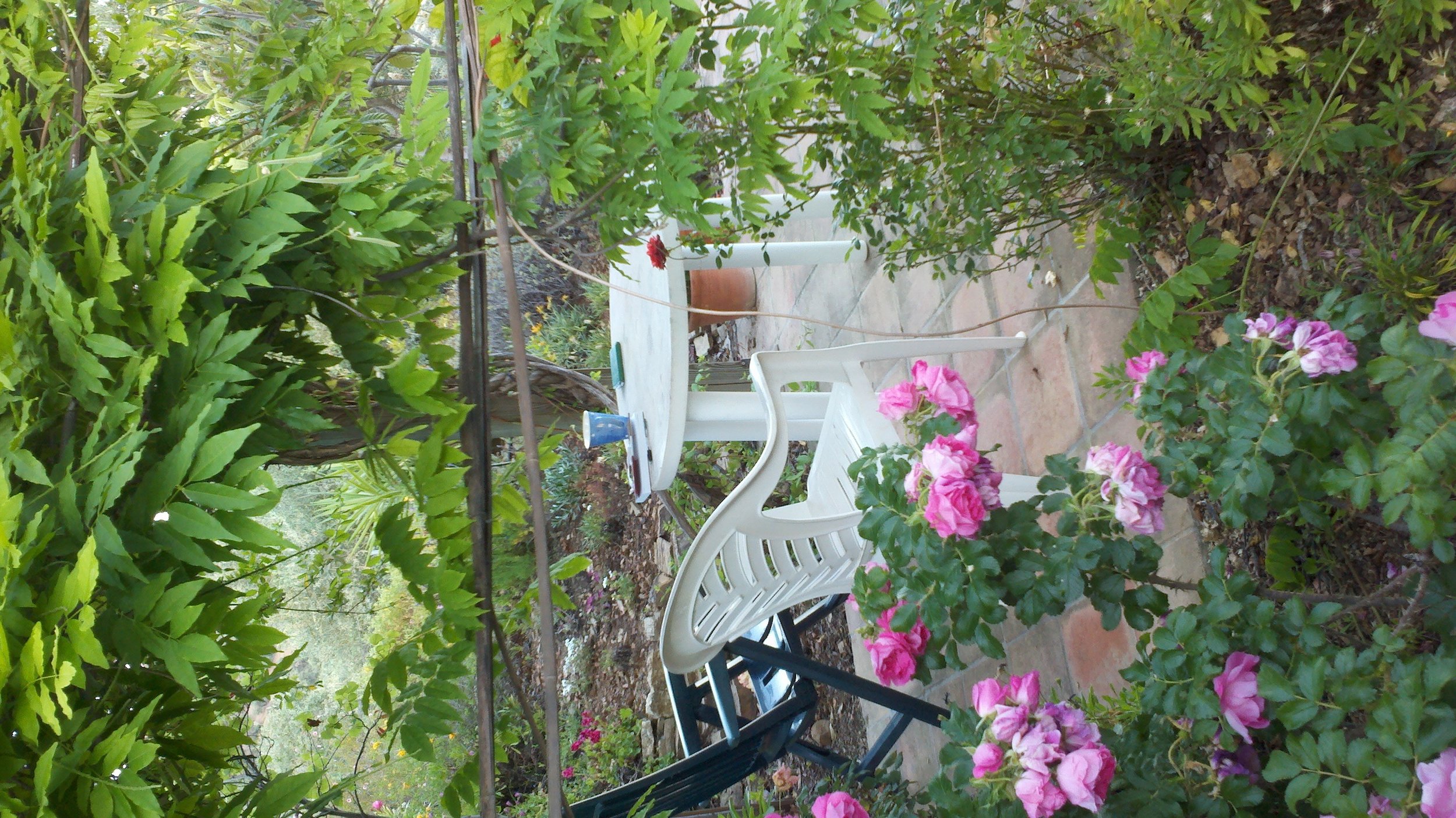 shopping mall (although I am getting there - I am much less self conscious about singing in front of others than I used to be). The great thing about working from such a small book is that I could fit it in my back pocket and during the course of the day, wherever I happened to be, could pull it out and read the next psalm.
shopping mall (although I am getting there - I am much less self conscious about singing in front of others than I used to be). The great thing about working from such a small book is that I could fit it in my back pocket and during the course of the day, wherever I happened to be, could pull it out and read the next psalm.
For the Vigils (the Office of Readings) I would always read a passage from the New Testament. The Office of Readings also includes each day a reading from the works of the Church Fathers. By chance, for my holiday reading I had with me the collected addresses (70 0f them) by Pope Benedict XVI on the Church Fathers called Great Christian Thinkers, From the Early Church through to the Middle Ages and so I read one of these each day. Incidentally this is a wonderful survey of the mystical and theological writings of the great figures of the Church. If anyone is interested in a guide for reading the Fathers, this is the place to start.
I was also in a position to supplement this with mental prayer and so each day did in addition to this some lection divina. I did a short series of articles on how I was instructed to pratise this ancient form of prayer, here.
If I went for a walk in the hills (we about 45 minutes from Malaga in southern Spain) then my little bible was so small that I could fit it in my back pocket and at a convenient place pull it out and sing the psalms to the plants and any passing mountain deer. I picked a rock among the wild flowers to sit on...
in position where there was a pleasant view of the of Spanish farmland, and began.
Glory be to God for dappled things...!
Praying the Mass and the Liturgy of the Hours teaches us how to discerning God's will
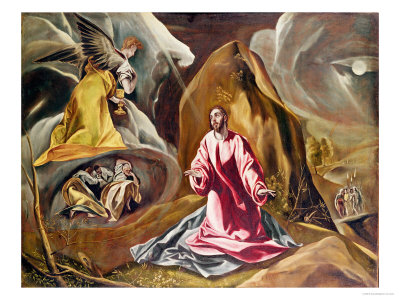 Liturgical prayer is a means for discerning our personal vocation and God’s will for us…and so much more In the Lenten readings from the Liturgy of the Hours we have an example how through the Liturgy the Church instructs us about the value of praying the Liturgy with the Church. The reading from Vespers on Monday of weeks 1 and 2 in Lent reads:
‘My brothers, I implore you by God’s mercy to offer your very selves to him: a living sacrifice, dedicated and fit for his acceptance, the worship offered by mind and heart. Adapt yourselves no longer to the pattern of this present world, but let your minds be remade and your whole nature thus transformed. Then you will be able to discern the will of God, and to know what is good, acceptable and perfect.’ (Rom 12:1-2)
Liturgical prayer is a means for discerning our personal vocation and God’s will for us…and so much more In the Lenten readings from the Liturgy of the Hours we have an example how through the Liturgy the Church instructs us about the value of praying the Liturgy with the Church. The reading from Vespers on Monday of weeks 1 and 2 in Lent reads:
‘My brothers, I implore you by God’s mercy to offer your very selves to him: a living sacrifice, dedicated and fit for his acceptance, the worship offered by mind and heart. Adapt yourselves no longer to the pattern of this present world, but let your minds be remade and your whole nature thus transformed. Then you will be able to discern the will of God, and to know what is good, acceptable and perfect.’ (Rom 12:1-2)
This passage is telling us in order to discern the will of God, we ought to make a ‘living sacrifice’ of ourselves. That living sacrifice is specifically our worship of God, that is, our participation in the liturgy - the Mass and the Liturgy of the Hours. What makes this living sacrifice ‘worthy and fit for his acceptance’ is that it is a participation in the only living sacrifice than can have that high worth, that is the sacrifice of Christ himself. There is only an upside to this. We get a free ride - we pray the liturgy, and in so doing open ourselves up to the reception of all the benefits of the supreme act of living made by someone else, without experiencing any of the pain. Christ bears all of that. It is an absurdly one-sided arrangement in our favour. It is such good news that it is scarcely believable, yet this is truly what we are offered through the Church. There is a standing offer already made, and our prayer is the act of acceptance.
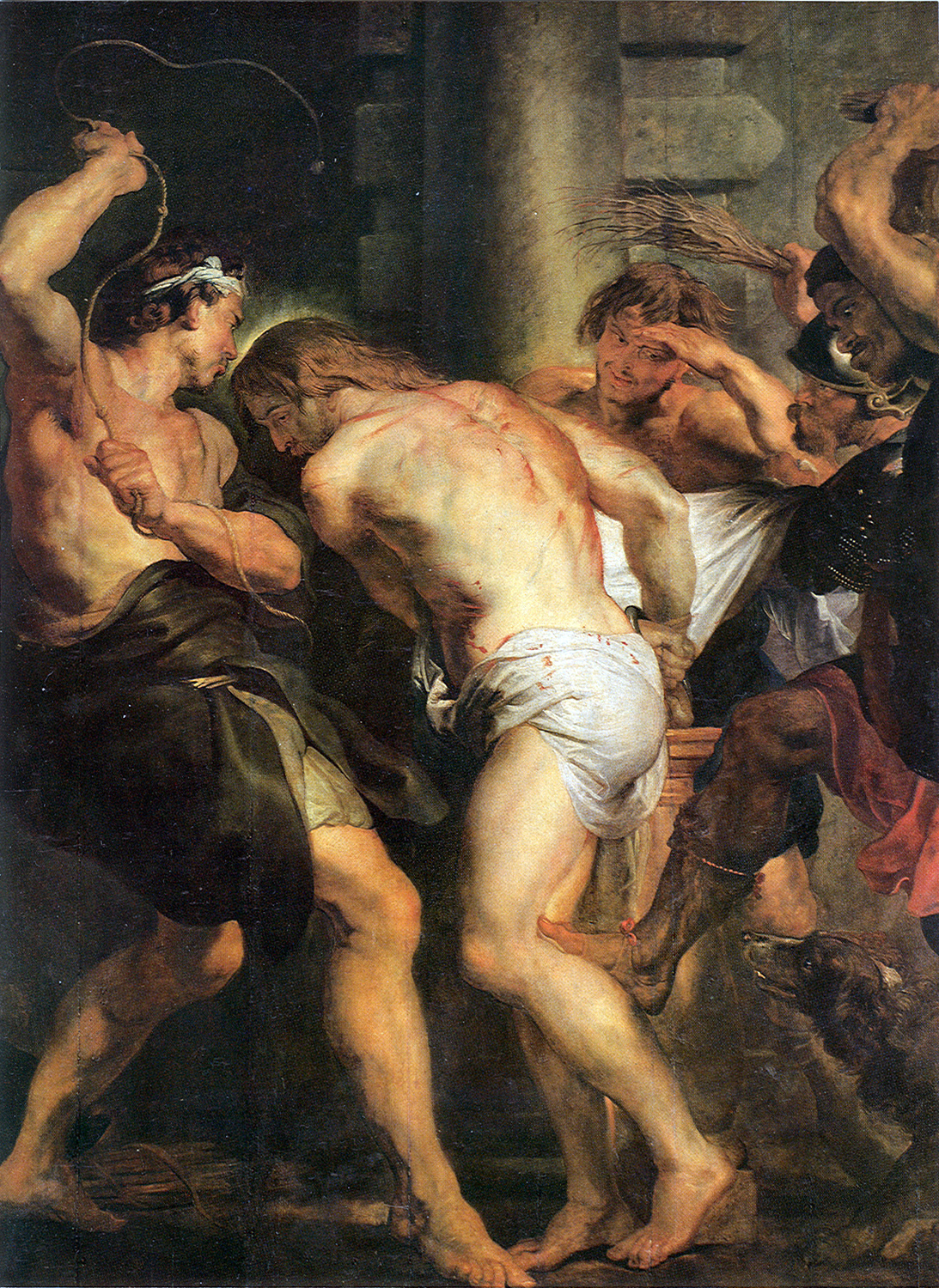 Then, just in case we doubted that this living sacrifice is the prayer of the Church, we read the next morning in the Office of Readings a commentary by St Augustine on Psalm 140, 1-2. The Psalm passage he is commenting on reads as follows:
Then, just in case we doubted that this living sacrifice is the prayer of the Church, we read the next morning in the Office of Readings a commentary by St Augustine on Psalm 140, 1-2. The Psalm passage he is commenting on reads as follows:
‘I call upon you O Lord, listen to my prayer, Give ear to the voice of my supplication when I call to you.
Let my prayer be counted as incense before you, And the lifting up of my hands as an evening sacrifice.’
Within the commentary he explicitly makes the connection between the sacrifice and prayer of the faithful as part of the body of Christ, that is, the liturgy. He also explains how the pain and anguish that Christ felt in his passion is due to His bearing our sins and agony. The blood that streamed over his body when experiencing the agony in the garden was not due to anxiety for himself but, says Augustine: ‘Surely this bleeding of all his body is the death agony of all the martyrs of his Church’. We have just had the Feast of the martyrs Perpetua and Felicity. What is so striking the account of their deaths (again given in the Office of Readings) is how cheerfully and gracefully they bore the grevious mutilations that eventually killed them. I wonder at their purity and cooperation with grace and I wonder also at the fact that this pain is what Christ is choosing to experience on their behalf.
Augustine goes on to encourage us by saying that this is available to all of us: ‘All of us can make this prayer; this is not merely my prayer; the entire Christ prays in this way. But it is made rather in the name of the body…The evening sacrifice, the passion of the Lord, the cross of the Lord, the offering of a saving victim, the whole burnt offering acceptable to God; that evening sacrifice produced in his resurrection from the dead, a morning offering. When a prayer is sincerely uttered by a faithful heart, it rises as incense rises from a sacred altar. There is no scent more fragrant than that of the Lord. All who believe must possess this perfume.’
Paintings by, from top: El Greco, Rubens and Titian
New Liturgical Movement's Fr Thomas Kocik to Speak at Thomas More College this Friday
 Fr Thomas Kocik, who writes for the New Liturgical Movement website on the Reform of the Reform (and has written a great book on this subject published by Ignatius Press, see here) will be speaking at Thomas More College of Liberal Arts in Merrimack, New Hampshire this Friday, October 14th, 7pm.
Entitled Singing His Song, Fr Kocik will be presenting an overview of the Liturgical Movement originating with Dom Guéranger and culminating with Sacrosanctum Concilium – its aims, principles, and leading proponents (without getting too involved in detail). He will discuss the good and bad fruits of the post-Vatican II liturgical reform, to provide the necessary background for the New Liturgical Movement now underway.
Fr Thomas Kocik, who writes for the New Liturgical Movement website on the Reform of the Reform (and has written a great book on this subject published by Ignatius Press, see here) will be speaking at Thomas More College of Liberal Arts in Merrimack, New Hampshire this Friday, October 14th, 7pm.
Entitled Singing His Song, Fr Kocik will be presenting an overview of the Liturgical Movement originating with Dom Guéranger and culminating with Sacrosanctum Concilium – its aims, principles, and leading proponents (without getting too involved in detail). He will discuss the good and bad fruits of the post-Vatican II liturgical reform, to provide the necessary background for the New Liturgical Movement now underway.
This will be the second visit that Fr Kocik has visited the college this year. In the spring he chaired our discussion on art and the liturgy, which was a lively and well attended event. His address at that event is here. His lecture, entitled Beauty and the Renewal of Catholic Culture spoke of the importance of liturgical renewal at the root of cultural renewal. A theme very close to my heart.
Fr Kocik is a priest in the diocese of Fall River, Mass.
Where Do Liturgy, Devotional Prayer and Meditation all Fit Together?
 Shawn Tribe of the New Liturgical Movement writes about the relationship between Exposition and the Liturgy, (here).
Shawn Tribe of the New Liturgical Movement writes about the relationship between Exposition and the Liturgy, (here).  When I asked this question first, years ago, I was directed first to the Church's teaching on the liturgy in the Catechism and Sacrosanctum Concilium. In regard to Marian devotion, I later discovered an encyclical called Marialis Cultus, For the Right Ordering and Development of the Devotion to the Blessed Virgin Mary.
When I asked this question first, years ago, I was directed first to the Church's teaching on the liturgy in the Catechism and Sacrosanctum Concilium. In regard to Marian devotion, I later discovered an encyclical called Marialis Cultus, For the Right Ordering and Development of the Devotion to the Blessed Virgin Mary. Third, while the sacred liturgy (that is the Mass and the Liturgy of the Hours) is higher than any of them and contains a fuller expression of what the devotions point to, one should not interpret the raising of the liturgy to its proper position as an desire to diminish the importance of devotional prayers; and finally that many of the different aspects of prayer life including the meditative and the contemplative are accessible through liturgical practice.
Third, while the sacred liturgy (that is the Mass and the Liturgy of the Hours) is higher than any of them and contains a fuller expression of what the devotions point to, one should not interpret the raising of the liturgy to its proper position as an desire to diminish the importance of devotional prayers; and finally that many of the different aspects of prayer life including the meditative and the contemplative are accessible through liturgical practice.Beauty and the Renewal of Catholic Culture by New Liturgical Movement's Fr Thomas Kocik
 The following is short opening address given at a symposium of working Catholic artists that recently took place at Thomas More College of Liberal Arts. It is a message of great hope for the future of Catholic culture.
The following is short opening address given at a symposium of working Catholic artists that recently took place at Thomas More College of Liberal Arts. It is a message of great hope for the future of Catholic culture.
Father Thomas Kocik, contributor to the New Liturgical Movement web site and former editor of Antiphon, the journal of the Society for Catholic Liturgy, chaired the discussion. He is a priest in the diocese of Fall River, Massachusetts. In his talk he tackled the subject right at the heart of any discussion about the re-establishment of culture. As he pointed out, the word "culture" derives from the Latin cultus, meaning what we cherish or worship. Christian culture is thus centered on Christ, the incarnate beauty of God. The "source and summit of the Christian life," (Lumen Gentium, #11) and therefore of Christian culture, is the Liturgy: Holy Mass, the sacraments, the different Hours of prayer that sanctify the entire day. In liturgical prayer, art and culture—indeed all human activity— finds true meaning; for at the center of the Liturgy is Christ, the source and summit of all human hope.
The full text of his talk follows here:
'The Second Vatican Council described the Sacred Liturgy as “the summit towards which the activity of the Church is directed” and “at the same time” as “the fount from which all her power flows” (SC 10).
All the power of the Church flows from the Sacred Liturgy: from the Holy Sacrifice of the Mass, the sacraments, and the unceasing round of liturgical prayer offered each day by the Church. If one does not nourish himself from this power source at least at Sunday Mass and through regular confession, the life of grace given him at Baptism will wither. He will risk spiritual death.
The Sacred Liturgy is the summit towards which all Christian activity — everything! — is directed. All human activity: political life, family life, social life, labor, leisure, the arts, acts of charity and compassion, even our struggles and suffering, find true meaning and fulfillment when they are offered to God and united with the sacrifice of Christ, the sacrifice of the Mass.
This, then, is why we are obliged (for our own good) to gather for liturgical prayer: to offer all aspects of our lives to God and to receive from Him all that we need to persevere in joyful service of God and our neighbor.
 Now while Sunday Mass is a minimum, I would suggest that a Christian life, that any culture, that is not permeated by prayer is deficient. Another word for worship is “cult” and it is no coincidence that the word gives rise to the word “culture.” In a sense, our culture is an expression of what we worship – think of any so-called “cult figure.” And so, Christian culture is a culture in which Christ is adored, praised, loved, and worshiped.
Now while Sunday Mass is a minimum, I would suggest that a Christian life, that any culture, that is not permeated by prayer is deficient. Another word for worship is “cult” and it is no coincidence that the word gives rise to the word “culture.” In a sense, our culture is an expression of what we worship – think of any so-called “cult figure.” And so, Christian culture is a culture in which Christ is adored, praised, loved, and worshiped.
Although it may only be possible to participate in the Sacred Liturgy once a week, we can nevertheless keep our spirit of worship alive through prayer. Some do this by praying parts of the Liturgy of the Hours, and there could be no better prayer for daily use. Others do so with prayers such as the Angelus, which raises the mind and heart to God at morning, noon, and night. There are many other ways of so doing. The point is that it is done: that, like the farmer in Millet’s famous painting L’Angelus, amidst the duties and distractions that our different states in life present, we stop and we pray. When we do that, we will have done one more thing that helps bring about a restoration of Christian culture, in ourselves and in our society.
It is very easy for us to lament the loss of Christian culture and to be weighed down by the secularism all around us, and from which at times even the Church is not immune. But we must not forget who we are: we are Christians; we have been given the gift of God the Holy Spirit through our Baptism and Confirmation. We are a people constituted by faith, hope, and charity. Yes, our times present their challenges, but what times have not presented challenges? Christian culture was slowly built up over centuries from the foundation of the faith and witness of mere handfuls of individuals who personally encountered the Risen Christ and who gave their all in proclaiming Him as the Way, the Truth, and the Life. Perhaps we have lost much in recent decades; but our task is not to lament. It is to believe, to hope, to pray and to work with integrity for a renewal of all things in Christ. If the Apostles and early disciples could lay the foundations for Christian culture, so can we. For they, too, had to deal with an overwhelmingly hostile culture that did not know Christ. They too, in confessing a relationship with the person of Jesus Christ, were met with skepticism and, at times, violent hostility. And yet, with God’s help, they changed the course of history and influenced the cultures of countless peoples.
Let us therefore prefer nothing to the opus Dei, the work of God, the Sacred Liturgy. And let us ever be confident in what good following this precept can yield.'
Using the Principles of the Liturgy and Beauty in Retail
 High Shelf Esteem! When James Woodward, owner of Woodward Menswear, decided to open a second high-end men’s clothes shop he wanted to model it upon the principles he had read about in the Way of Beauty. He had already started to put some of the principles into practice in his first shop, in Oxted in Surrey, England and had been encouraged the results. Because he was beginning with a blank page in this new venture, he saw the opening of his second shop in Banstead, also in Surrey, as an opportunity to use them more fully. I received a telephone call from him earlier this year asking for ideas about the layout and decoration of the new place.
He had already been trying some of these things out in the first shop, but hadn’t been able to implement them properly because a lot of the things were already set differently when he had thought about introducing them. Nevertheless the changes that he was able to make had made an impact he thought. The local bank manager had told him at one point, in the deepest part of the recession, that his was the only business on his books that showed any significant signs of growth. ‘I had been making money and I felt that this had contributed. The growth of the business is helping to fund the investment in this new shop. But it isn’t just the money,’ he told me. ‘The principles that I had been able to try seemed to show me a way of having the values of my Catholic faith penetrate much more deeply than before the everyday activities of business.’
High Shelf Esteem! When James Woodward, owner of Woodward Menswear, decided to open a second high-end men’s clothes shop he wanted to model it upon the principles he had read about in the Way of Beauty. He had already started to put some of the principles into practice in his first shop, in Oxted in Surrey, England and had been encouraged the results. Because he was beginning with a blank page in this new venture, he saw the opening of his second shop in Banstead, also in Surrey, as an opportunity to use them more fully. I received a telephone call from him earlier this year asking for ideas about the layout and decoration of the new place.
He had already been trying some of these things out in the first shop, but hadn’t been able to implement them properly because a lot of the things were already set differently when he had thought about introducing them. Nevertheless the changes that he was able to make had made an impact he thought. The local bank manager had told him at one point, in the deepest part of the recession, that his was the only business on his books that showed any significant signs of growth. ‘I had been making money and I felt that this had contributed. The growth of the business is helping to fund the investment in this new shop. But it isn’t just the money,’ he told me. ‘The principles that I had been able to try seemed to show me a way of having the values of my Catholic faith penetrate much more deeply than before the everyday activities of business.’
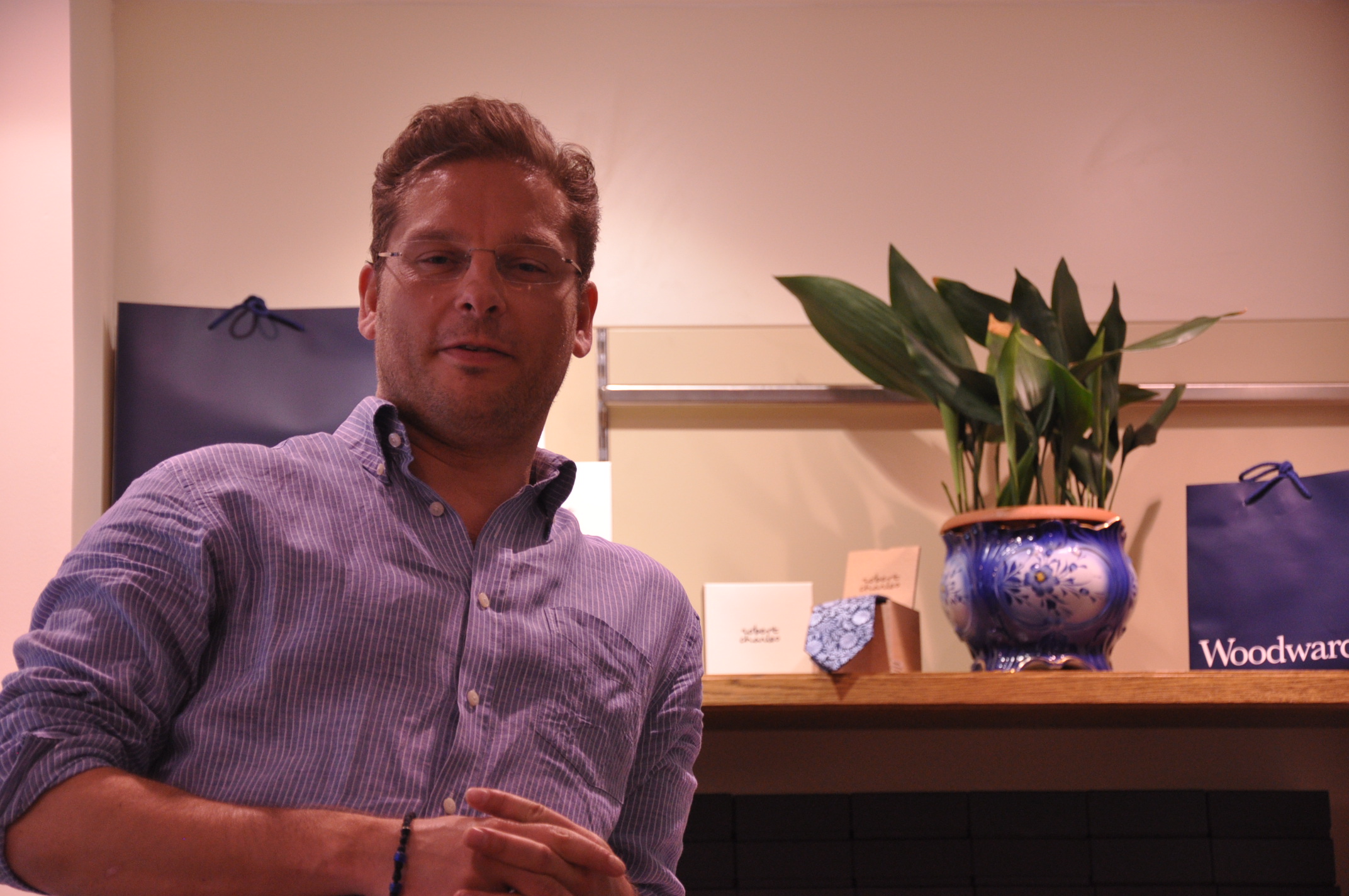 James is a Catholic convert of about 10 years. I had known him for several years because we both attended the London Oratory when I lived in London. We had had conversations about the Way of Beauty over the years, just as a result of staying in touch and his curiosity about what I was up to over here. At some point he started to ask me how he might introduce into what he was doing in his first shop. Even so, I was surprised to be asked recently to contribute so much to the new project.
James is a Catholic convert of about 10 years. I had known him for several years because we both attended the London Oratory when I lived in London. We had had conversations about the Way of Beauty over the years, just as a result of staying in touch and his curiosity about what I was up to over here. At some point he started to ask me how he might introduce into what he was doing in his first shop. Even so, I was surprised to be asked recently to contribute so much to the new project.
So what has he done? As a starting point I suggested that whatever he does he constantly ask himself the question, is this beautiful? And to be prepared to go against the trend of modern design if necessary. I did offer some specific points:
- The general layout is one that gives a general impression of symmetry and order. I suggested that he introduce some details of asymmetry. If it is too rigidly symmetrical it would be cold and sterile. He went directly against the advice of his retail designers here, who were recommending more sweeping and turning curves in the layout; and asymmetry ordered to the personal intuition of the designer. I suggest that the colour scheme should be based around natural earth colours if possible.
- The clothes are presented on shelves and I suggested that the spacing of the shelves should not be even, but should vary so that the largest spacing is at the bottom and smallest at the top, mimicking the proportions of storey size in traditional architecture.
- He has the natural beauty of plants in the shop too, either pot plants or cut flowers. Because there are people walking around the shop, this meant that he had to design into the layout spaces and shelves just for this purpose so that the arrangements could be placed without impeding the flow of people or the views of the clothes he was selling.
 I told him to try to avoid pop or rock music and again, if you have music to opt for something that is beautiful. I am not completely against all pop music per se, but even good music that is designed for dancing at midnight is unlikely to promote calm and peace, which is what we were aiming for here. In the end James opted for no music at all. He was really sticking his neck out here. Almost all retailers install music systems and have background music constantly. The outfitters cite scientific studies that prove that when you play such music, people stay for a shorter period of time and buy more quickly. Also the staff initially wanted it too for their own entertainment. He is not certain he wants to maintain the silent vigil and is considering using classical music.
I told him to try to avoid pop or rock music and again, if you have music to opt for something that is beautiful. I am not completely against all pop music per se, but even good music that is designed for dancing at midnight is unlikely to promote calm and peace, which is what we were aiming for here. In the end James opted for no music at all. He was really sticking his neck out here. Almost all retailers install music systems and have background music constantly. The outfitters cite scientific studies that prove that when you play such music, people stay for a shorter period of time and buy more quickly. Also the staff initially wanted it too for their own entertainment. He is not certain he wants to maintain the silent vigil and is considering using classical music.- I felt it was important to have the face of Christ as a focus in the décor (a good principle for all main rooms in a building). In the end he bought a small icon of the mandylion and put it on the wall behind the till. This meant that every customer who went to the counter would see it. In his previous shop James put also a nativity scene in the window every Christmas and he intends to the same here. Aside from any thoughts about décor, he wanted to bear witness to his faith in an open, but quiet way. Again, the advice of the professionals on this one was the exact opposit! It would offend and put off non-Christians he was told. He has had no complaints from customers since he did this, and several complementary remarks. Small children were pulling their parents into the shop as a result of the nativity in the window.
- Finally, I had suggested that he pray the Liturgy of the Hours as part of his spiritual life and even if he couldn’t pray all the hours, try to mark each Office with a prayer of some sort. He might, I thought, consciously dedicate this prayer as a sacrifice for the well being of his employees and customers.
 The photographs of the shop and are shown, so you can make your own mind up about the look. The shelves are solid oak veneer and the flooring is solid oak coupled with pure-wool carpeting. The paintwork is all natural-pigment traditional paint (produced to re-create eighteenth-century decorative schemes). What strikes me is that although traditional proportions and materials have been used, it has a clean-cut modern look. This is not trying to recreate and Italian villa or a Georgian town house. The modifications are subtle.
The photographs of the shop and are shown, so you can make your own mind up about the look. The shelves are solid oak veneer and the flooring is solid oak coupled with pure-wool carpeting. The paintwork is all natural-pigment traditional paint (produced to re-create eighteenth-century decorative schemes). What strikes me is that although traditional proportions and materials have been used, it has a clean-cut modern look. This is not trying to recreate and Italian villa or a Georgian town house. The modifications are subtle.
Clearly, using these high quality materials involves a greater outlay than the usual materials. He has now been going for about three months and when I spoke to him recently I was interested to know: did he feel the extra investment had been worthwhile?
‘The look of the place has had an impact. Several customers and other local retailers have complimented the shop actually using the word “beautiful”. For example I was at the local newsagents and the lady behind the till engaged me conversation. When she realized I was from the new Woodward Menswear she immediately told me that people had been saying to her how beautiful the shop was.
‘Many customers have told me how comfortable and inviting the shop is and one top-notch fellow fashion retailer said it was a really beautiful shop and “very calming”. What I find so interesting is that they can't really tell why it is. they respond to the overall look but they can't say why. I haven't made it look like a Victorian shop or anything, the look is similar in many respects to other shops, but the modifications are subtle. I think that unless it was pointed out to them, for example, they wouldn't know that the shelves are spaced differently to other places.’
And the bottom line?
 ‘It’s early days of course, but I am very pleased. We are already making as much money as my first shop, which I bought as a business of 30 years standing and have been running for several years. This is better than I had expected. Of course, these beautiful features are not the only thing that will be contributing to the business. I have learnt a lot about retail while running my first shop and so have put many lessons in to practice in this second. I still had to get the location and the stock right along with all the other business variables. However, if it’s only for the comments and my own pleasure at working in such a lovely environment, I definitely feel that it has been worthwhile.’
‘It’s early days of course, but I am very pleased. We are already making as much money as my first shop, which I bought as a business of 30 years standing and have been running for several years. This is better than I had expected. Of course, these beautiful features are not the only thing that will be contributing to the business. I have learnt a lot about retail while running my first shop and so have put many lessons in to practice in this second. I still had to get the location and the stock right along with all the other business variables. However, if it’s only for the comments and my own pleasure at working in such a lovely environment, I definitely feel that it has been worthwhile.’
What about the future? James pointed out to me that this was done on the basis of reading blog articles and an hour’s telephone conversation. He wants to know more about the Way of Beauty.
‘I am impressed by the impact that this has had and I get the feeling that I am scratching the surface here. I do my best but I don’t know much about the Liturgy of the Hours or how to pray it and I definitely could learn more about how these proportions are linked to the liturgy. I am planning on coming over to the creativity retreat at Thomas More College in New Hampshire in August. And I will probably pay a visit to the menswear shops in Boston while I’m here too, just to see how they do it over there!’
Clothes fit for a Church Father - Boethian proportions were used for the shelf spacing.
The Liturgy and Community
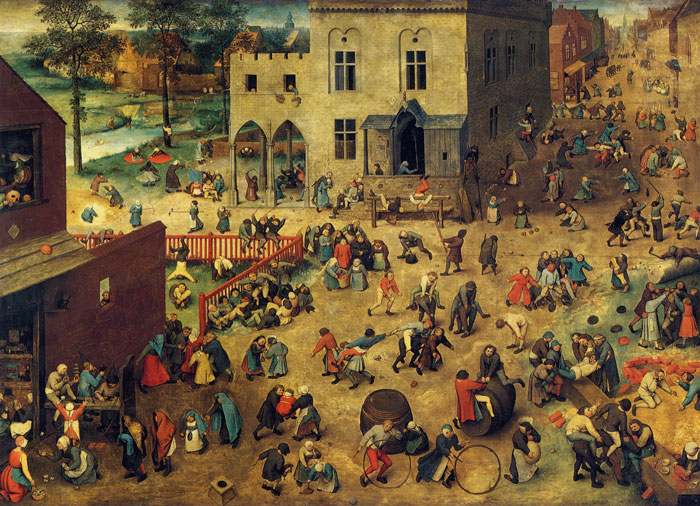 Our own sense of who and what we are is based upon the relationships we have with others. If you go around a group of people and ask them to describe themselves, apart from their name they will talk about themselves in terms of their relationships with others: for example, ‘I work with this company’, ‘I am a father and I have three children’. This is the essence of a person, as distinct from an individual. A human person is always in relation with others, starting from birth. No one, by choice, disengages from society altogether (not even a hermit) and is happy.
This understanding of the human person has a profound effect on how we view what society is. A relationship of the sort we are now envisioning is always between two subjects, that is two people freely cooperating as moral agents. This is termed covenantal and is based upon mutual self-sacrifice on behalf of the other - love. This freedom to respond as a person is one of the essential elements of society. Society therefore is the vector sum of the relationships within it. It is not a collective of self-contained individuals.
Our own sense of who and what we are is based upon the relationships we have with others. If you go around a group of people and ask them to describe themselves, apart from their name they will talk about themselves in terms of their relationships with others: for example, ‘I work with this company’, ‘I am a father and I have three children’. This is the essence of a person, as distinct from an individual. A human person is always in relation with others, starting from birth. No one, by choice, disengages from society altogether (not even a hermit) and is happy.
This understanding of the human person has a profound effect on how we view what society is. A relationship of the sort we are now envisioning is always between two subjects, that is two people freely cooperating as moral agents. This is termed covenantal and is based upon mutual self-sacrifice on behalf of the other - love. This freedom to respond as a person is one of the essential elements of society. Society therefore is the vector sum of the relationships within it. It is not a collective of self-contained individuals.
A human relationship is an entity in itself. Two people create, through the properly ordered love between them, a relationship that is distinct from each person, and does not destroy either’s integrity.
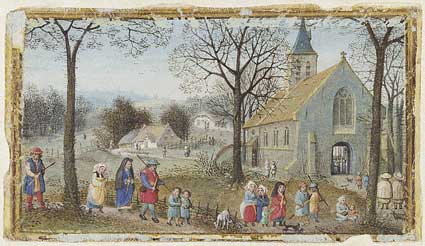 It is analogous, I think, to a chord created by two notes played simultaneously. We perceive the chord as something distinct created by the proximity of two notes, but the integrity of each note is not diminished by it. Something has been created out of nothing. This creation out of nothing is ‘superabundance’; love is always superabundantly fruitful (an example is the creation of the third person in a family). A loving relationship is created out of the harmony that exists between two hearts when each acts for the good of the other. There is a song (by U2 I think) that describes love as two hearts beating ‘as one’. In fact it might be more accurate to say that when love is present, two hearts beat not as one, but as three.
It is analogous, I think, to a chord created by two notes played simultaneously. We perceive the chord as something distinct created by the proximity of two notes, but the integrity of each note is not diminished by it. Something has been created out of nothing. This creation out of nothing is ‘superabundance’; love is always superabundantly fruitful (an example is the creation of the third person in a family). A loving relationship is created out of the harmony that exists between two hearts when each acts for the good of the other. There is a song (by U2 I think) that describes love as two hearts beating ‘as one’. In fact it might be more accurate to say that when love is present, two hearts beat not as one, but as three.
By using the word ‘love’ I do not always have in mind profoundly deep relationships. Any relationship, however casual, can reflect a motive for the good of the other. Even a cheery hello to a shopkeeper can reflect either a loving or self-centred motive. This means that whatever I do I bring to the party, so to speak, an aspect of every relationship that I have. I represent to some degree every community of which I am part – family, work, parish, tennis club and so on.
Liturgical activity is an act of love, in which I participate in the sacrifice made by Christ for all humanity. In participation of this supreme act of love is a transforming experience that by degrees changes me and makes me a better lover (and God knows, there is much room for improvement). This means that through every relationship I have, every other person and community with whom I relate benefits profoundly from my participation. Participation in the liturgy is a sacrifice of love their behalf. The effect is through what one hopes subsequently might be a more loving direct interactions with each person; but also because I am transformed through this participation, the relationship that exists between us and my prayers and intentions for them in the liturgy facilitate a supernatural transformation to the same degree and through my intentions for those people in the liturgy.
 The liturgy therefore is the binding principle of society and those communities in which I participate. Family, friends, parish, Church, workplace, living quarters, country – will all benefit from my participation in the liturgy. This is so even when I am the only person who is doing this and no one else knows of my participation. When I go to Mass or pray the liturgy of the hours, I try to remember to consciously dedicate that day’s prayer to all those groups and individuals with whom I relate.
The liturgy therefore is the binding principle of society and those communities in which I participate. Family, friends, parish, Church, workplace, living quarters, country – will all benefit from my participation in the liturgy. This is so even when I am the only person who is doing this and no one else knows of my participation. When I go to Mass or pray the liturgy of the hours, I try to remember to consciously dedicate that day’s prayer to all those groups and individuals with whom I relate.
There is a maxim that the family that prays together, prays together. In the encyclical Marialis Cultus (On the Right Ordering and Development of Devotion to the Blessed Virgin Mary), as well as describing how praying with Christ in the Liturgy is the fullest expression of devotion to Mary, Paul VI calls the Liturgy of the Hours the 'highpoint which family prayer can reach'.(54)
By extension, I suggest, this is true for all communities. The benefit of this liturgical participation in the sacrifice of Christ is magnified if the community prays in community. Unless its raison d’être is communal prayer it is rare that in any community every single member can or would even want to pray regularly with his fellows. But by degrees it is possible to move towards this ideal anywhere. If practicalities allow (and we must be aware that often they will not) a visible posting of regular times that the Liturgy of the Hours is prayed with an invitation for any member to join, would invoke the public nature of liturgy. If that invitation extends to the general public to attend the community prayer, the better still. At Thomas More College we are lucky to have priests who can say daily Mass; in addition a core of devotees to the Liturgy of the Hours have organized a rota by which we do our best to ensure that two or three of us at least pray Lauds and Vespers each day for the community.
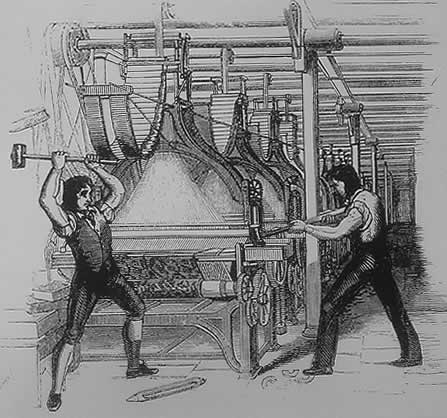 Culture reflects the cult that is at the core of it. However modest the fulfilment of this ideal, this is the means by which the culture of community or organization can be transformed to a Catholic culture that will be in harmony with all other institutions and social groups and work for the common good. It is no surprise, therefore, that any organization, such as many businesses which typically give no thought to liturgical piety at all, reflect a secular culture. So much so, that it doesn’t even occur to many people that the workplace can be or can even aspire to be a community. Consequently it is taken for granted that while it might contribute to the financial support of the families who work there, that it is intrinsic to business that it will undermine the family (for example through demands of time) and so many other aspects of an ordered culture. I do not accept this.
Culture reflects the cult that is at the core of it. However modest the fulfilment of this ideal, this is the means by which the culture of community or organization can be transformed to a Catholic culture that will be in harmony with all other institutions and social groups and work for the common good. It is no surprise, therefore, that any organization, such as many businesses which typically give no thought to liturgical piety at all, reflect a secular culture. So much so, that it doesn’t even occur to many people that the workplace can be or can even aspire to be a community. Consequently it is taken for granted that while it might contribute to the financial support of the families who work there, that it is intrinsic to business that it will undermine the family (for example through demands of time) and so many other aspects of an ordered culture. I do not accept this.
This suggests though that any attempt to change things in a community or organization that does not consider its culture and what culture really is will be dealing with symptoms not causes; and the problems even if apparently solved will eventually reappear elsewhere or in a different form. It is like the Tom and Jerry cartoons when Tom has hit on the head with a giant mallet and has a huge bump on his head. In response he puts his hand on the top of it and pushes it down until the scalp is once again smooth. The only problem is that as the first bump diminishes, a second appears on the side of his head and grows. The end result is that the bump has simply moved. Most organizational change I have seen in the workplace has struck me as bump moving, rather than bump healing.
In the end, I suggest, that answer is always the same: to change a culture you must change the cult.
The Way of Beauty and the New Evangelisation
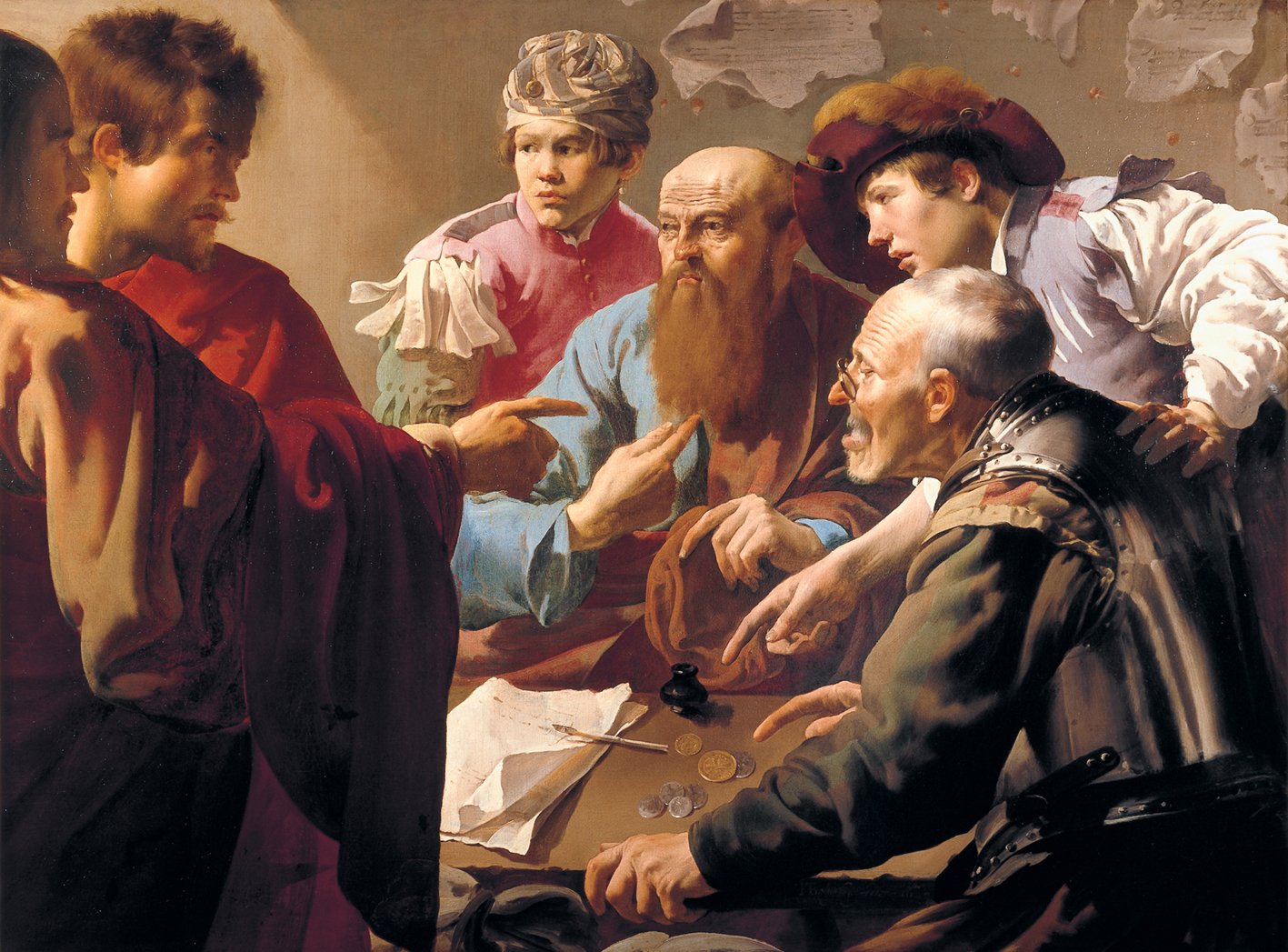 Why an education in beauty and the Liturgy of the Hours are important in the formation of lay people as part of the New Evangelisation. Thomas More College of Liberal Arts was treated to a lecture by a husband-and-wife team of theologians who both teach at St John's Seminary at Boston. David and Angela Franks run the newly established Masters of Theological Studies for the New Evangelization. Although based at the Seminary, this is aimed at lay formation and can be taken on a part-time basis. It is the first new programme of the Seminary's newly established, Theological Institute for the New Evangelisation (TINE).
David and Angela inspired our students (and myself!) with the vision that the Church has for the role of lay people in evangelising the modern world, charactererised by John Paul II as the New Evangelisation. All this is invaluable in itself, but what surprised and interested me particularly was their assertion that an education in beauty is an essential element in the formation of the individual who is going to be carry out their mission of taking the Word to the world. Furthermore, they highlighted the importance of the Liturgy of the Hours in this education.
Why an education in beauty and the Liturgy of the Hours are important in the formation of lay people as part of the New Evangelisation. Thomas More College of Liberal Arts was treated to a lecture by a husband-and-wife team of theologians who both teach at St John's Seminary at Boston. David and Angela Franks run the newly established Masters of Theological Studies for the New Evangelization. Although based at the Seminary, this is aimed at lay formation and can be taken on a part-time basis. It is the first new programme of the Seminary's newly established, Theological Institute for the New Evangelisation (TINE).
David and Angela inspired our students (and myself!) with the vision that the Church has for the role of lay people in evangelising the modern world, charactererised by John Paul II as the New Evangelisation. All this is invaluable in itself, but what surprised and interested me particularly was their assertion that an education in beauty is an essential element in the formation of the individual who is going to be carry out their mission of taking the Word to the world. Furthermore, they highlighted the importance of the Liturgy of the Hours in this education.
They described a process that is both active and reactive. The active role is one of living the life of faith, which is ultimately living the life of love that God intends for us. And we should do so, they said, without apologising for it!
There is a description in the Acts of the Apostles of the growth of the early Church in which people were attracted to the Christian life, we are told, 'because they loved each other'. When we lead a life of love then our lives will be beacons of light that will arouse curiosity in this secular society. Love is not so much a set of feelings but rather a set of actions motivated for the good of the other. That requires fortitude especially because it is precisely this that will cause us to stand out in the crowd and because, as David puts it, we live in an age when 'powerful forces are arrayed against true love'.
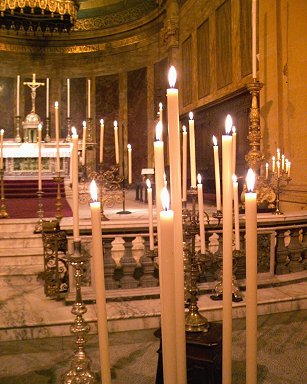 That light will be brightest when we are answering most completely the personal vocation that God has made to us (aside from following the commandments of the Church). The determination of this personal vocation is an important early step therefore. I was lucky in my own life in being given some inspired guidance in trying to discern what this might be. This has ended up in me doing what I am now at Thomas More College. I have described the process here. The programme at the St John's Seminary offers guidance also in this first step.
That light will be brightest when we are answering most completely the personal vocation that God has made to us (aside from following the commandments of the Church). The determination of this personal vocation is an important early step therefore. I was lucky in my own life in being given some inspired guidance in trying to discern what this might be. This has ended up in me doing what I am now at Thomas More College. I have described the process here. The programme at the St John's Seminary offers guidance also in this first step.
The second part is reactive. When people see a life of love it arouses curiosity and they ask questions. At this point we need to be able to answer them truthfully and prudently. Part of the programme at St John's is about equipping people with knowledge of the truth - we must know what the Church teaches, or at the very least, where to go to find out what the Church teaches.
But also, we must present this information in such a way that it continues to attract people. Force of logic will only take you so far. It is not just what you say, but how you say it. Prudence guides this. While knowing what to say and when can be trained in some ways directly, so much of this is about developing an intuitive sense of it. A key principle in operation here is beauty. When we do something attractively, we are doing it beautifully. This is why a training in beauty is so important, we were told. It develops that instantaneous intuitive sense of knowing what to do best.
After the talk there was a lively question and answer session and one student asked directly. What should we be aiming for in our spiritual lives in order to be able to achieve this? To my great delight, David answered without hesitation, that beyond the basic requirements of the sacramental life, he felt that the Liturgy of the Hours was a powerful and 'supremely effective' form of prayer.
David and Angela invite everyone who might be interested to take a look at the exciting opportunities for lay people offered by St John's Seminary. You can find out more by going to the www.sjs.edu and clicking on the 'TINE' logo.
For a growing series of articles about the Liturgy of the Hours as part of The Way of Beauty, see here.
Thomas More College of Liberal Arts offers a traditional education in beauty, incorporating the Liturgy of the Hours as one of the key components of the spiritual life of the college. The course, The Way of Beauty is part of its core curriculum with the intention of offering our students to best chance of coming out as ambassadors of the New Evangelisation.
In addition, our summer programme has short courses open to everyone to teach precisely this. Artists and musicians can learn it in conjunction with the skills of icon painting, academic drawing or Gregorian chant in our two-week programmes in July. Our weekend retreat in creativity and inspiration in August offers everyone else the chance to learn the traditional education in beauty - developed as part of the training of artists - but without having to learn the artistic skills. For more information about all of these courses see here.
Images Top and bottom: The Calling of St Matthew by Hendrick ter Brugghen, 1621; candles at the Birmingham Oratory, England; The Presentation of Jesus at the Temple (Candlemass) by Tintoretto, c1550
How an Artist can Seek Creativity and Inspiration
 Nearly every artist I meet acknowledges a need for inspiration to guide creativity. The application of every stroke of charcoal or paint must be guided by a picture in the mind of the artist of what he is aiming to create. Sometimes the creation of the work of art involves a carefully thought out, obviously reasoned approach and sometimes it is or more intuitive and spontaneous. However, as long as the process is the realization of an idea and not just a random process without any thought of what the result will be (as with a chimpanzee throwing paint at a canvas) then the artists is employing his intellect and is making decisions about the form he creates. Artists need inspiration in both the formation of the original ideas; and in the decisions about how it will be best achieved.
I have read a number of books claiming to have the secret to creativity and the inspiration of the imagination, a number of them best sellers. Steeped in high emotion and cod psychotherapy, I found them all unconvincing. I have met quite a few people who read them and thought they were wonderful. While it was clear that reading the book made them feel good, none seem to be able to point to visible results in their art (that I could discern at any rate). I was looking for something that actually seemed likely to contribute to my producing better art, rather than something that relieved my anxiety.
Nearly every artist I meet acknowledges a need for inspiration to guide creativity. The application of every stroke of charcoal or paint must be guided by a picture in the mind of the artist of what he is aiming to create. Sometimes the creation of the work of art involves a carefully thought out, obviously reasoned approach and sometimes it is or more intuitive and spontaneous. However, as long as the process is the realization of an idea and not just a random process without any thought of what the result will be (as with a chimpanzee throwing paint at a canvas) then the artists is employing his intellect and is making decisions about the form he creates. Artists need inspiration in both the formation of the original ideas; and in the decisions about how it will be best achieved.
I have read a number of books claiming to have the secret to creativity and the inspiration of the imagination, a number of them best sellers. Steeped in high emotion and cod psychotherapy, I found them all unconvincing. I have met quite a few people who read them and thought they were wonderful. While it was clear that reading the book made them feel good, none seem to be able to point to visible results in their art (that I could discern at any rate). I was looking for something that actually seemed likely to contribute to my producing better art, rather than something that relieved my anxiety.
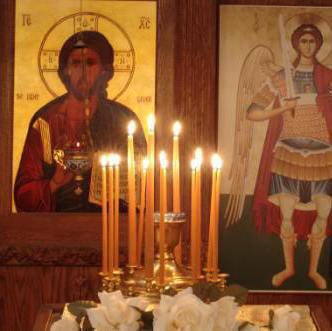 It seems to me now that the answer is so much simpler than most of these books suggest. This was to use the methods of the Old Masters of the past. All it requires of me is sufficient humility to follow the traditional forms of Western culture. A traditional art education will engender that humility by requiring me to follow the precise directions of the teacher, and by following in the footsteps of the Old Masters by regularly copying their work. (See here for me details on this aspect). No self-expression here! (This incidentally is a lot of the problem, that I could see, with many of the modern methods of trying to generate creativity. Although they might even acknowledge the need for an external source of inspiration, all the popular ones that I read in fact suggested techniques that engendered self-centred self examination that in fact did the opposite - very-loosely based, as far as I could work out on 20th-century psychotherapy methods.)
It seems to me now that the answer is so much simpler than most of these books suggest. This was to use the methods of the Old Masters of the past. All it requires of me is sufficient humility to follow the traditional forms of Western culture. A traditional art education will engender that humility by requiring me to follow the precise directions of the teacher, and by following in the footsteps of the Old Masters by regularly copying their work. (See here for me details on this aspect). No self-expression here! (This incidentally is a lot of the problem, that I could see, with many of the modern methods of trying to generate creativity. Although they might even acknowledge the need for an external source of inspiration, all the popular ones that I read in fact suggested techniques that engendered self-centred self examination that in fact did the opposite - very-loosely based, as far as I could work out on 20th-century psychotherapy methods.)
Regular prayer for inspiration is part of this, and I would say that the traditional prayer of the Church is the best. This comes back, once again to active participation in the liturgy in the fullest sense of the word. Participation in the liturgy, especially when it includes the liturgy of the hours (I have written a series of articles about the Liturgy of the Hours, here) is not only an education in beauty it is the greatest training in creativity and the most powerful prayer of inspiration and guidance.
I have spent much time with Eastern Christians. My initial contact came through learning to paint icons. One of the things that struck me about them was the way they prayed with visual imagery. It seemed to straightforward: they would stand and turn to look the icon in the face, addressing the person depicted directly. Also, they were inclined to sing their prayers in full voice. I might be with a family, for example, and before the meal, they all stood, faced the icon of Christ that was in the dining room and sang an ancient hymn. My reflections on this are in another article called Praying with Visual Imagery.
Upon further reflection, and coming back to this issue of creativity for artists, something that struck me is how unlikely it is that an artist who is not habitually praying with visual imagery is going to be able to produce art that nourishes prayer. If I am habitually making that connection between the prayer and the image, then I will instinctively produce art that nourishes my own prayer. If I am praying well, then that art will be beautiful and will, in turn, nourish the prayers of others. This practice of praying with visual imagery is developing my instincts for what is beautiful. It is also engaging my vision in the prayer, and conforming it to the liturgical practice. This is an act of humility therefore that opens the person as a whole to inspiration and guidance , with a particular focus on that faculty of the visual.
It has been said that historically, that all the great art movements began on the altar. Think of the baroque. It began in the 17th century as the sacred art and architecture of the Catholic counter-Reformation, but this set the style for all art, architecture and music, sacred and profane in both Catholic and Protestant countries.
Therefore the prayer with visual imagery in the context of the liturgy, is a hugely important factor in developing our instincts as to what is beautiful and is the bedrock for the visual aspects of all culture. Just as the liturgy, with the Eucharist at its heart, is the source and summit of human life, so liturgical art is the source of inspiration for and the summit to which all other art participates and directs us to.
 I try to do the same when I am participating in the Mass. Once a month we have the Melkite Liturgy at the college and the priest very obviously turns to face the large icons of Our Lady, or of Christ when addressing them in the liturgy. I do my best to take this lesson into my participation in the Roman Rite. Similarly, at the end of Mass on weekdays we say the Angelus, and we all turn and face the statue of Our Lady which is in our little chapel.
I try to do the same when I am participating in the Mass. Once a month we have the Melkite Liturgy at the college and the priest very obviously turns to face the large icons of Our Lady, or of Christ when addressing them in the liturgy. I do my best to take this lesson into my participation in the Roman Rite. Similarly, at the end of Mass on weekdays we say the Angelus, and we all turn and face the statue of Our Lady which is in our little chapel.
The Liturgy of the Hours is a place in which, as a layman, I can do much to adopt these practices. If I pray the Liturgy of the Hours at home, I can use an icon corner to orientate my prayer. When we pray the Liturgy of the Hours at Thomas More College, we finish with invocations special to the community including addressing Our Lady and the Sacred Heart of Jesus. We turn and face these images as we pray. At Vespers and Compline we set up the icon of Our Lady because each has a strong Marian content. At Vespers we say the Magnificat, the song of Our Lady every day and at Compline we always finish with a Marian antiphon.
Of course, the use of imagery is just one aspect of engaging the whole person in prayer – appropriate use of incense, chant and posture allows for the active conformity of the whole person to the prayer and so greater openness to inspiration in any human activity. So this prayer of the artists is really a prayer by which any can hope to discover their personal vocation and flourish in it.
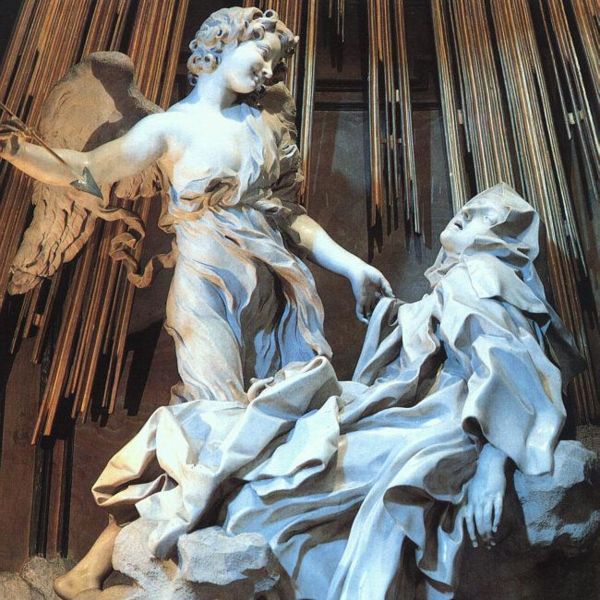 What does inspiration feel like? We can be transported in ecstacy, as in the painting of St Francis by Caravaggio, below, or St Theresa of Avila, right; but more commonly, the inspiration of the artist is not felt at all. We know it is has been there not because of how we feel during the painting process, but rather by the quality of the work at the end of it. Even if the painting of it felt like hard work, God might have been guiding our decision making processes. And frankly, it's going to be hard to paint if you are fainting into the hands of an angel like St Francis did!
What does inspiration feel like? We can be transported in ecstacy, as in the painting of St Francis by Caravaggio, below, or St Theresa of Avila, right; but more commonly, the inspiration of the artist is not felt at all. We know it is has been there not because of how we feel during the painting process, but rather by the quality of the work at the end of it. Even if the painting of it felt like hard work, God might have been guiding our decision making processes. And frankly, it's going to be hard to paint if you are fainting into the hands of an angel like St Francis did!
And one final point that was made to me in this regard. Inspiration is given by God and He inspires whomsoever He pleases. It is not something demanded or taken by the artist. These methods are ways that develop our ability to cooperate with Him. In the end, if it is not my vocation to be an artist then all prayer and training in the world will not make a great artist of me. However, we can take heart, it will develop everybody's ability to cooperate with the inspiration that He gives to all of us in order to carry out our personal vocations whatever they may be. So we may find that this training leads some of us to something that is, in these cases, even more fulfilling than art.
This is one of series of articles about prayer and creativity through the liturgy, the most powerful and effective form of prayer: the others are here.
Anyone wishing to learn the traditional methods of art and prayer mentioned in the article can come to the summer programme of the Way of Beauty Atelier at Thomas More College of Liberal Arts. We have traditional art and chant classes that teach the methods in conjunction with the practice of prayer. Alternatively there is a weekend retreat which teaches the principles of the prayer with the art classes. All programmes are open to people of all ages (not just high-school students).
The painting at the top is by Vermeer (17th century baroque). Other images described below each one.
The Melkite Liturgy at Thomas More College of Liberal Arts, Merrimack, NH. Chaplain, Fr Boucher turns to the icon of Christ at a point when he is addressing Him directly.

Pentecost (Jean Restout, French, 1732).
The Pythagorean Prayer of the Cosmos
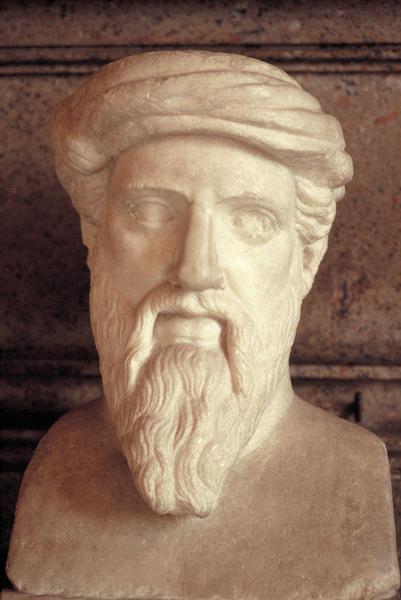 The powerful prayer for creativity and inspiration and joy, which is perfected in the Church (Others in series on Divine Office here) Since the ancient Greeks there has been the idea that the happy life is the result of a good life, and a good life is a beautiful life. In the 6th century BC the philosopher Pythagoras (the same one who has a geometric theorem named after him) gathered around him a religious group of ‘Pythagoreans’ who sought to order their lives according to this principle of beauty and order. They drew their inspiration from their observations of the beauty of the cosmos. When viewed in the way of the Pythagoreans, making our actions and work beautiful becomes a guiding principle in life, just like morality. Morality tends to guide by placing boundaries on our activity – it tells us what not to do. This is necessary. Beauty, however, complements this by providing a positive principle of choice. When looking at the broad open field of choices that do not contravene moral law, it opens up new paths and gives us a principle to choose between options which may all appear to be morally neutral.
The powerful prayer for creativity and inspiration and joy, which is perfected in the Church (Others in series on Divine Office here) Since the ancient Greeks there has been the idea that the happy life is the result of a good life, and a good life is a beautiful life. In the 6th century BC the philosopher Pythagoras (the same one who has a geometric theorem named after him) gathered around him a religious group of ‘Pythagoreans’ who sought to order their lives according to this principle of beauty and order. They drew their inspiration from their observations of the beauty of the cosmos. When viewed in the way of the Pythagoreans, making our actions and work beautiful becomes a guiding principle in life, just like morality. Morality tends to guide by placing boundaries on our activity – it tells us what not to do. This is necessary. Beauty, however, complements this by providing a positive principle of choice. When looking at the broad open field of choices that do not contravene moral law, it opens up new paths and gives us a principle to choose between options which may all appear to be morally neutral.
 How do we know what the beautiful choice is? The Greeks noted that the cosmos is both ordered and is beautiful. (The word ‘cosmos’ means in Greek simultaneously order and beauty.) This connection points us to the idea that when we find something beautiful, it is the order within it that is appealing to us. They also noticed, long before the development of modern science, that the rhythms and patterns of the cosmos could be described numerically; and this numerical ordering could become, at least in part, a principle for ordering life. Time and space can be ordered numerically, whether it’s the hours in the day, or the dimensions of a building. Pythagoras is described by Plato as being the discoverer of the numerical order behind beautiful musical harmony and his influence in this area continues to this day.
How do we know what the beautiful choice is? The Greeks noted that the cosmos is both ordered and is beautiful. (The word ‘cosmos’ means in Greek simultaneously order and beauty.) This connection points us to the idea that when we find something beautiful, it is the order within it that is appealing to us. They also noticed, long before the development of modern science, that the rhythms and patterns of the cosmos could be described numerically; and this numerical ordering could become, at least in part, a principle for ordering life. Time and space can be ordered numerically, whether it’s the hours in the day, or the dimensions of a building. Pythagoras is described by Plato as being the discoverer of the numerical order behind beautiful musical harmony and his influence in this area continues to this day.
The Greeks were not the only ones. Long before Christ, the Jewish people ordered time in accordance with these principles: years, months, weeks, days and hours in conformity with the patterns of the cosmos, especially the sun and the moon. They were prompted to do by the revelation contained in Holy Scripture. For the Jewish people the cosmos was a heavenly signpost, created by God, to indicate also the rhythms and patterns and worship. The seven-day weekly cycle, the feast days and the seasonal cycles of their worship conformed to the phases of the moon and the rising and setting of sun. Within each day, there was a seven-fold prayer as well, with the addition of prayer during the night. This structure was the route to joy too. The Psalms especially stress that happiness is the result of following this path. ‘Blessed are the undefiled in the way, who walk in the law of the Lord.’ (Psalm 118:1)
 Greek temple in Segesta, Sicily. Pythagoras lived in Sicily
Greek temple in Segesta, Sicily. Pythagoras lived in Sicily
This ancient pattern was adopted and accommodated into Christian worship (see The Path to Heaven is a Triple Helix). The Christian fathers, especially figures such as Augustine made this connection between the liturgy and the Pythagorean description of the cosmos (The Spirit of the Liturgy by Pope Benedict XVI describes this), to give a sense that that the cosmos was made beautiful to direct our praise to God and both this earthly liturgy and the cosmos are not only in harmony with each other, but each reflects the order of the invisible standard of the heavenly liturgy – the unending praise of God by the saints in heaven. The connection between heaven and earth was made substantial in the Church’s worship, through the Mass. The body and blood of Christ, present under the appearance of bread and wine at the centre of the Mass is the meeting point of all that exists, seen and unseen. In Him all the patterns of order and beauty are embodied, for He is Beauty itself. He is the Creator of the cosmos and it bears the thumbprint of the one who fashioned it. In the Mass we actually ingest Beauty.
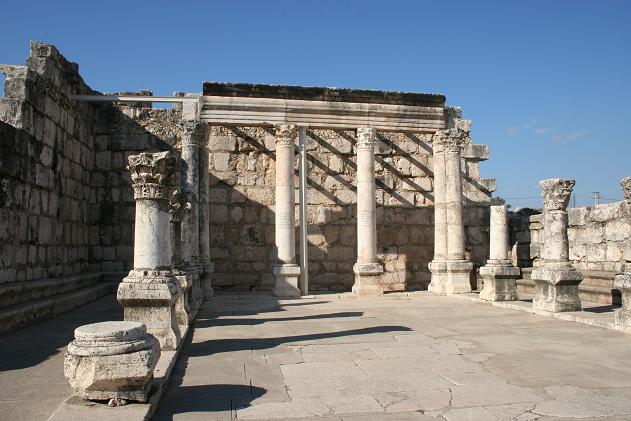 Let us recall that image of the Mass as a jewel in the setting of the Liturgy of the Hours which is in turn a jewel set in the cosmos. Through this trail of beauty, the connection between the heavens and Heaven is made complete. The Pythagoreans inspired by beauty, prayed with the cosmos. The Jews, inspired by Scripture prayed the liturgy of the hours by praying the psalms at certain times of the day. Christianity is the deepest drawing together of these elements in the Eucharist, which is the source and summit of human life. Each leads us into the next, and each completes the former. This is the prayer that the Pythagoreans sought and, I’m guessing, would have loved to have known. It is the fullest source of beauty and joy.
Let us recall that image of the Mass as a jewel in the setting of the Liturgy of the Hours which is in turn a jewel set in the cosmos. Through this trail of beauty, the connection between the heavens and Heaven is made complete. The Pythagoreans inspired by beauty, prayed with the cosmos. The Jews, inspired by Scripture prayed the liturgy of the hours by praying the psalms at certain times of the day. Christianity is the deepest drawing together of these elements in the Eucharist, which is the source and summit of human life. Each leads us into the next, and each completes the former. This is the prayer that the Pythagoreans sought and, I’m guessing, would have loved to have known. It is the fullest source of beauty and joy.
Praying the Liturgy of the Hours and the Mass is the deepest education in beauty there is, it impresses upon our very souls the patterns of beauty – of the cosmos, of heaven, of Christ. It also opens us up to God’s inspiration just as He bestows it. We draw spiritual breath as He exhales, so to speak. This developed innate sense of the beautiful shapes and guides our imaginations. Because our prayer is engaging the whole person and engaging all the senses, it develops our ability to create beauty in our work, whatever we do, because we understand how it will appeal to others through their sensual perception.
Those who want to learn to do the Divine Office, you might approach a priest or religious (ie monk or nun) and ask them to show you. Alternatively, the Way of Beauty summer retreats at Thomas More College of Liberal Arts will teach you how to pray the Liturgy of the Hours and how you can realistically incorporated it into a busy working or family life
Images above: Pythagoras and an ancient synagogue in Capernaum. Below: the Romanesque Cathedral at Durham in the northeast of England.
The Unsurpassed Power and Effectiveness of the Prayer of Christ - Divine Office IV
 The Liturgy is the most powerful and effective form of prayer. This is the fourth in a series on the Liturgy of the Hours. The others are here.
The Liturgy (the Mass and Liturgy of the Hours) is not just powerful and effective. It is the most powerful and effective action of the Church on our behalf. Christ participated in it historically; and continues to do so eternally in heaven and on earth and we participate in His prayer through his mystical body, the Church.
The Liturgy is the most powerful and effective form of prayer. This is the fourth in a series on the Liturgy of the Hours. The others are here.
The Liturgy (the Mass and Liturgy of the Hours) is not just powerful and effective. It is the most powerful and effective action of the Church on our behalf. Christ participated in it historically; and continues to do so eternally in heaven and on earth and we participate in His prayer through his mystical body, the Church.
I have assumed that as a devout Jew, Christ participated in the Jewish liturgy, which followed a pattern of marking the hours, either three or seven times a day (and once at night) and praying the psalms (which is the basic form of the Liturgy of the Hours). The bible speaks of this pre-Christian practice and its continuation in the Church that He founded (see here) ; and we know from historical records that this tradition has continued to the present day. A lovely example that illustrates this continuation of the thread of tradition is the psalm tune or 'tone' called the Tonus Perigrinus. This came from the ancient tradition of the synagogue, was passed on to the Christian liturgy and became one of the standard chants of Gregorian chant. It has become one of the standard chants of Anglican chant too (listen here).
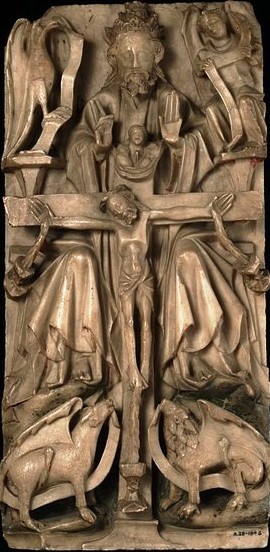 When we pray with the Church, we pray as part of the mystical body of Christ who is our priestly advocate to the Father. Liturgy (the Mass and the Liturgy of the Hours) is the worship of the Father, through the Son, in the Spirit. It is the means by which we enter into a profound relationship with God and enter directly into the dynamic mystery of love of the three persons of the Trinity. In doing so we become divine, yes divine. This is the source of power and effectiveness, and joy. This union with God is why God created us, and God became man to allow this to happen:
When we pray with the Church, we pray as part of the mystical body of Christ who is our priestly advocate to the Father. Liturgy (the Mass and the Liturgy of the Hours) is the worship of the Father, through the Son, in the Spirit. It is the means by which we enter into a profound relationship with God and enter directly into the dynamic mystery of love of the three persons of the Trinity. In doing so we become divine, yes divine. This is the source of power and effectiveness, and joy. This union with God is why God created us, and God became man to allow this to happen:
'The Word became flesh to make us "partakers of the divine nature": "For this is why the Word became man, and the Son of God became the Son of man: so that man, by entering into communion with the Word and thus receiving divine sonship, might become a son of God." "For the Son of God became man so that we might become God." "The only-begotten Son of God, wanting to make us sharers in his divinity, assumed our nature, so that he, made man, might make men gods."81 (Catechism of the Catholic Church, 460, quoting 2 Pt 1:4; St. Irenaeus in the second century AD; and St Athanasius in the 4th century AD; and Jn 1:14)
 ‘Christ Jesus, high priest of the new and eternal covenant, taking human nature, introduced into this earthly exile that hymn which is sung throughout all ages in the halls of heaven. He joins the entire community of mankind to Himself, associating it with His own singing of this canticle of divine praise. For he continues His priestly work through the agency of His Church, which is ceaselessly engaged in praising the Lord and interceding for the salvation of the whole world. She does this, not only by celebrating the eucharist, but also in other ways, especially by praying the divine office.’ (Sacrosanctum Consilium, 83; written in 1963)
‘Christ Jesus, high priest of the new and eternal covenant, taking human nature, introduced into this earthly exile that hymn which is sung throughout all ages in the halls of heaven. He joins the entire community of mankind to Himself, associating it with His own singing of this canticle of divine praise. For he continues His priestly work through the agency of His Church, which is ceaselessly engaged in praising the Lord and interceding for the salvation of the whole world. She does this, not only by celebrating the eucharist, but also in other ways, especially by praying the divine office.’ (Sacrosanctum Consilium, 83; written in 1963)
If we are participating in the divine nature (albeit at this stage only temporarily and by degrees for us as individuals) it is no wonder that this prayer is powerful.
'Accordingly, every liturgical celebration, as an activity of Christ the priest and of his body, which is the Church, is a sacred action of a pre-eminent kind. No other action of the Church equals its title to power or its degree of effectiveness.' (Sacrosanctum Consilium, 7, [my emphasis])
Those who want to learn to do the Divine Office, you might approach a priest or religious (ie monk or nun) and ask them to show you. Alternatively, the Way of Beauty summer retreats at Thomas More College of Liberal Arts will teach you how to pray the Liturgy of the Hours and how you can realistically incorporated it into a busy working or family life
Images from top: anonymous, Christ Pantocrator, Monreale, Sicily, 12th century; anonymous, 'Mercy Seat' Trinity with four evangelists, English alabaster, early 15th century; Duccio, detail, showing the Agony in the Garden of the Maesta, 14th century;
Images below text: Bartolomeo Cavarozzi (1590 - 1625), Supper at Emmaus. The artist was an Italian who lived in Spain; Rembrandt, Supper at Emmaus
Prayer of the Heart - How to Engage the Whole Person in Prayer. The Divine Office III
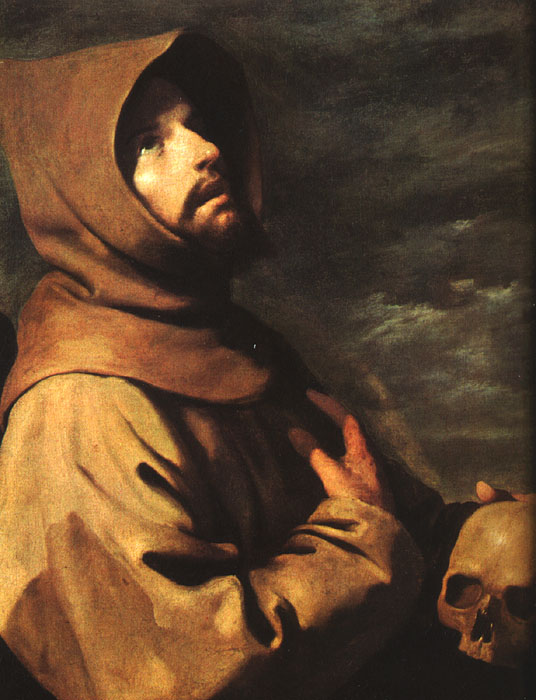 Engaging the Whole Person in Prayer Opens us up Further to Inspiration and Creativity - The Divine Office III, part II here, part I here.
Engaging the Whole Person in Prayer Opens us up Further to Inspiration and Creativity - The Divine Office III, part II here, part I here.
‘In the sight of angels I will sing praise to you (Ps 138:1). Let us rise in chanting that our hearts and voices harmonise.’ (Rule of St Benedict: Ch 19)
The heart is the human centre of gravity, our very core that incorporates both body and soul. It is the place that represents the whole person, the vector sum of all our actions and thoughts. If our hearts are to be in harmony with the prayers of the angels in heaven as St Benedict suggested, we need to consider not just our thoughts and voices, but our actions, our bodies and even how are senses are engaged in the action of prayer. The heart is also the place that is closest to God (considering both physical and spiritual human anatomy). It is closest in the sense of being that place that is most directly in contact with Him. So, if we seek the ideal stated, and harmonise our hearts with the prayer of the heavenly hosts, we will also be more sensitive to inspiration because the whole person is engaged. The Liturgy of the Hours is the means to continuous prayer, as discussed last week.  If in the context of the Liturgy our continuous prayer simultaneously engages the whole person then can we are opening ourselves up to the greatest degree possible to God’s grace. To the degree that we cooperate with grace this will help us make all our life decisions and help us to move towards the fulfillment of our personal vocation in life. This will be perfectly ordered also to the model of charity, that is, love of God. To the degree that we match these standards there will be perfect harmony with the objective standard of God’s will. This is the supernatural path to inner peace, peace with our neighbour and a life in harmony with creation.
If in the context of the Liturgy our continuous prayer simultaneously engages the whole person then can we are opening ourselves up to the greatest degree possible to God’s grace. To the degree that we cooperate with grace this will help us make all our life decisions and help us to move towards the fulfillment of our personal vocation in life. This will be perfectly ordered also to the model of charity, that is, love of God. To the degree that we match these standards there will be perfect harmony with the objective standard of God’s will. This is the supernatural path to inner peace, peace with our neighbour and a life in harmony with creation.
As I have said before, I don't claim to be an expert in these matters at all, but I can pass on the guidance that I was given when I asked about these things. Here are the things that were suggested to me a way of involving the whole person in prayer. I seek, as well as seeking to attune my thoughts to the prayer of the Liturgy, to engage all my senses and my physical being in the prayer too:
 Chant: the use of voice (and hearing). Even if I do it on my own, I will sing the Office (quietly!). As an aside: ironically singing on my own regularly stopped me from being self conscious about singing in front of others. I was so used to hearing my own voice and not being unsettled by it, that in time the thought of others hearing it too didn’t worry me.
Chant: the use of voice (and hearing). Even if I do it on my own, I will sing the Office (quietly!). As an aside: ironically singing on my own regularly stopped me from being self conscious about singing in front of others. I was so used to hearing my own voice and not being unsettled by it, that in time the thought of others hearing it too didn’t worry me.
Posture: consider our posture at all times. In the Mass I try to follow the rubrics, and in the Liturgy of the Hours do my best to follow the traditional postures such as bowing, standing, sitting. Why is posture important? I see it like this: in the ideal every aspect of human nature is directed towards God, my actions and motives. At any time my motives for doing something are likely to be mixed and not perfectly pure. I have found that even if I don’t feel like praying or feel very peaceful, I can resolve to do it anyway and adopt a reverential posture. My body will tend to lead my heart in the right direction. And where my heart goes, my thoughts and feelings will follow suit. The following scheme was suggested to me and we try to follow this when we say the Office together at Thomas More College of Liberal Arts: we stand through opening words and hymn until the psalms are recited, when we sit, and we stand again for the gospel canticle until the close or if there is no gospel canticle we stand for the closing prayer ; we bow (and if sitting, say at the end of the psalm, we stand again) in honour of the Trinity for the last verse of each hymn and the glory be; we bow our heads at mention of the name Jesus.
Engaging our sense of sight: pray with visual imagery and use candles. I light candles to mark the time of prayer (it reminds me that Christ is the Light of the World) . If I pray to as named saint, for example, Our Lady, I turn and look at an image of her as I do so. At home I create and icon or image corner as a focus for prayer. This can be as simple as have a single icon, or become of more sophisticated combination of images changing according to season and day (see earlier article Praying with Visual Imagery). The ideal core imagery for and icon corner, in accordance with tradition, is to have a crucifixion in the centre, which portrays the suffering Christ; an image of Our Lady on the left; and an additional image of Our Lord glorified on the right. (See past article, How to Make an Icon Corner]
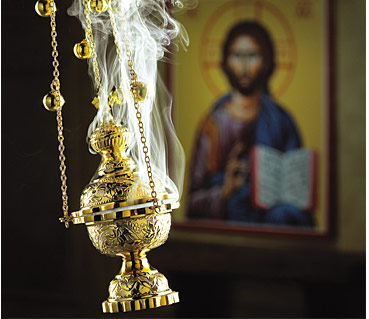 Incorporating the sense of smell –I was encouraged to use incense, for example when singing the gospel canticles. However, I was told, it should be used selectively in accordance with the hierarchy of the liturgy so everything together points to the Sunday Mass as it highpoint. So for example, in community incense can be used on Feast days and Solemnities at Vespers, Lauds and Compline (when gospel canticles are sung), but only if incense is also used at Sunday Mass.
Incorporating the sense of smell –I was encouraged to use incense, for example when singing the gospel canticles. However, I was told, it should be used selectively in accordance with the hierarchy of the liturgy so everything together points to the Sunday Mass as it highpoint. So for example, in community incense can be used on Feast days and Solemnities at Vespers, Lauds and Compline (when gospel canticles are sung), but only if incense is also used at Sunday Mass.
v) Incorporating taste and touch-the Eucharist. We do not take communion during the Liturgy of the Hours, but we should not forget the wider picture. I was reminded that the liturgy as a whole is seen as an unfolding of a single event that incorporates both the Hours and Mass, but has the Mass at its centre. The quotation given to me mentioned in an earlier article comes to mind again here: the Mass is a jewel in its setting, which is the Liturgy of the Hours; and the Liturgy of the Hours also has its setting, which is the cosmos.
Further articles;
The Four Pillars of the New Liturgical Movement
Those who want to learn to do the Divine Office, you might approach a priest or religious (ie monk or nun) and ask them to show you. Alternatively, the Way of Beauty summer retreats at Thomas More College of Liberal Arts will teach you how to pray the Liturgy of the Hours and how you can realistically incorporated it into a busy working or family life
The Painting is of St Francis is by the 17th century Spanish artist Zurbaran

and, below, the Adoration of the Trinity by Albrecht Durer







